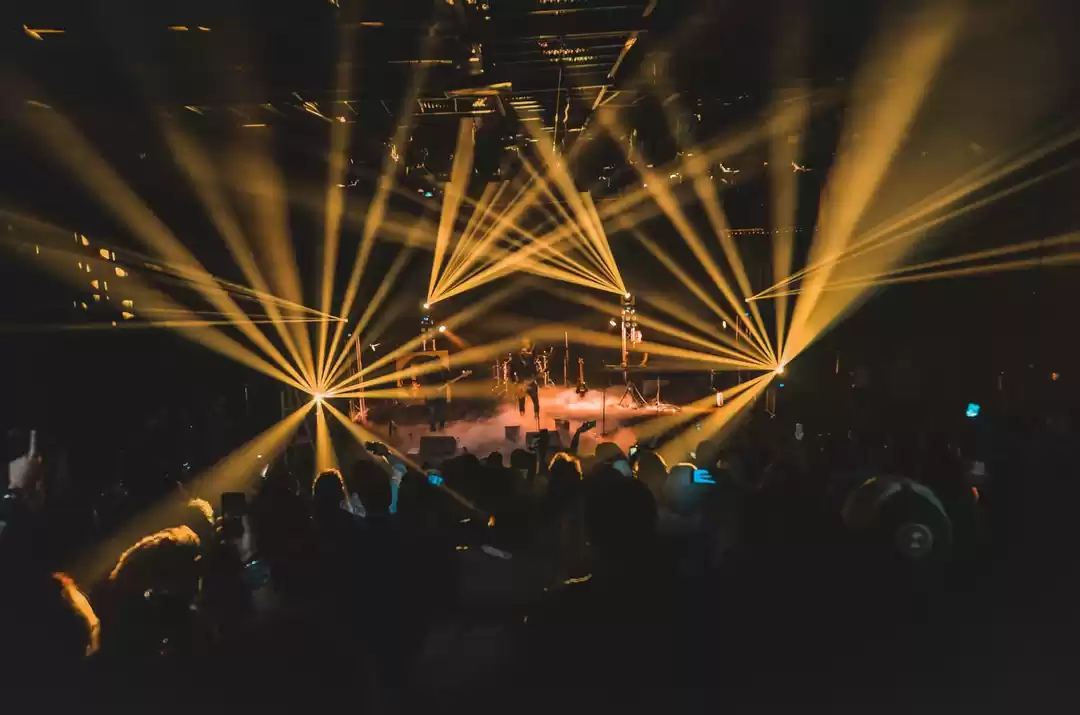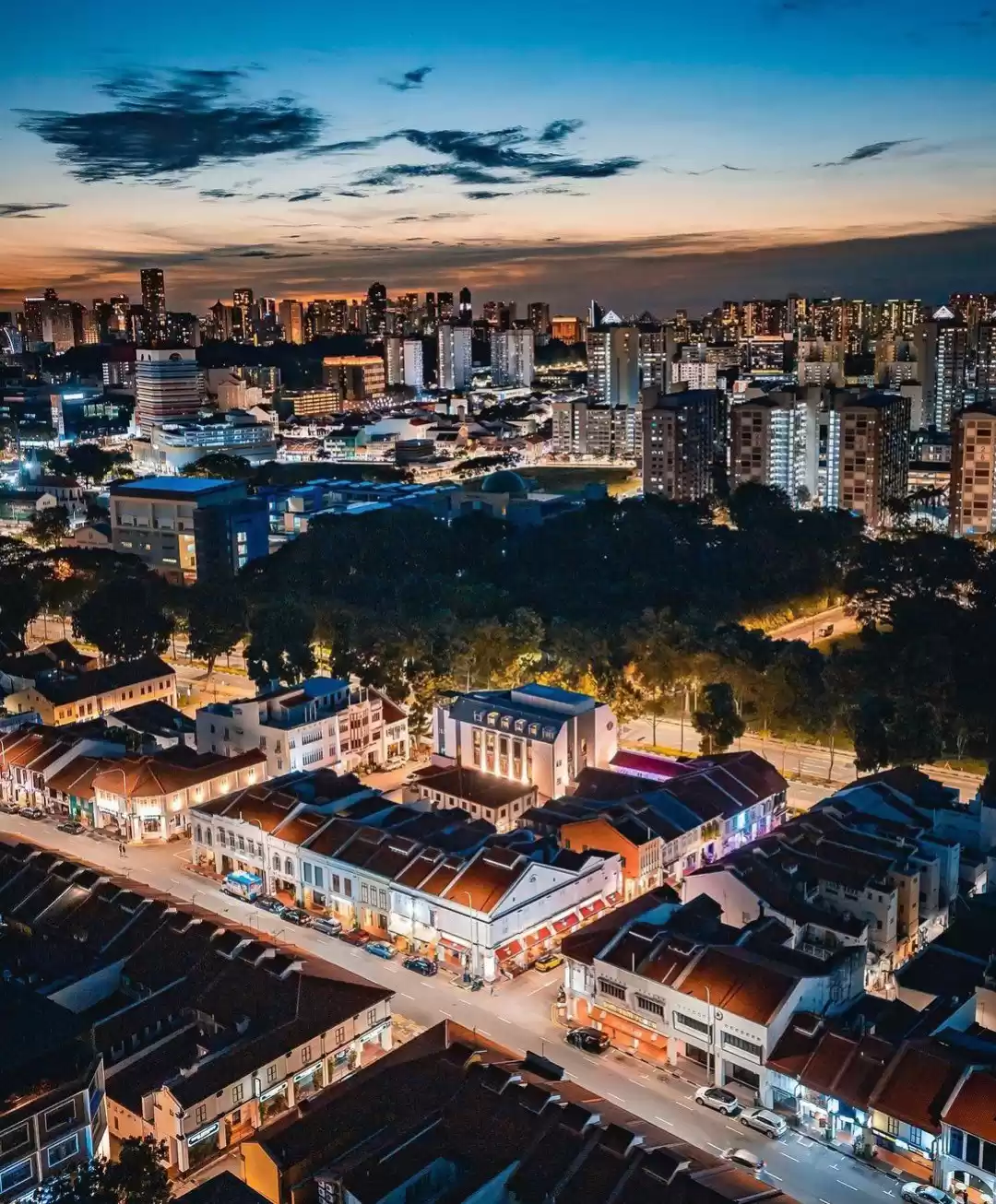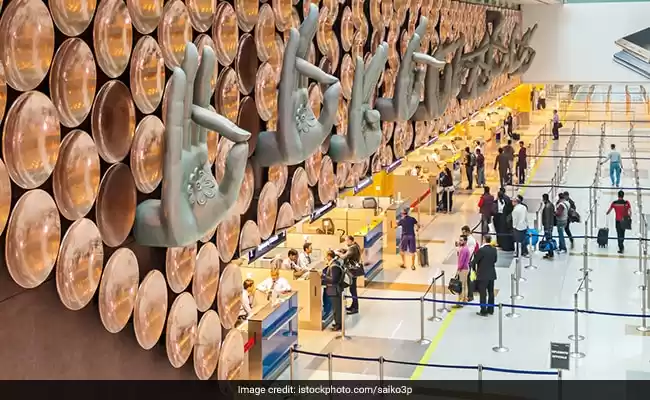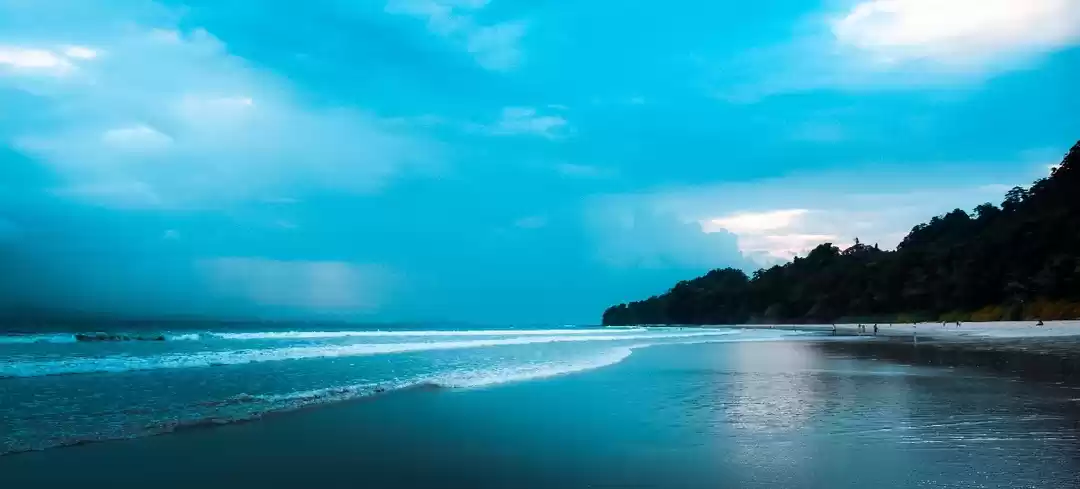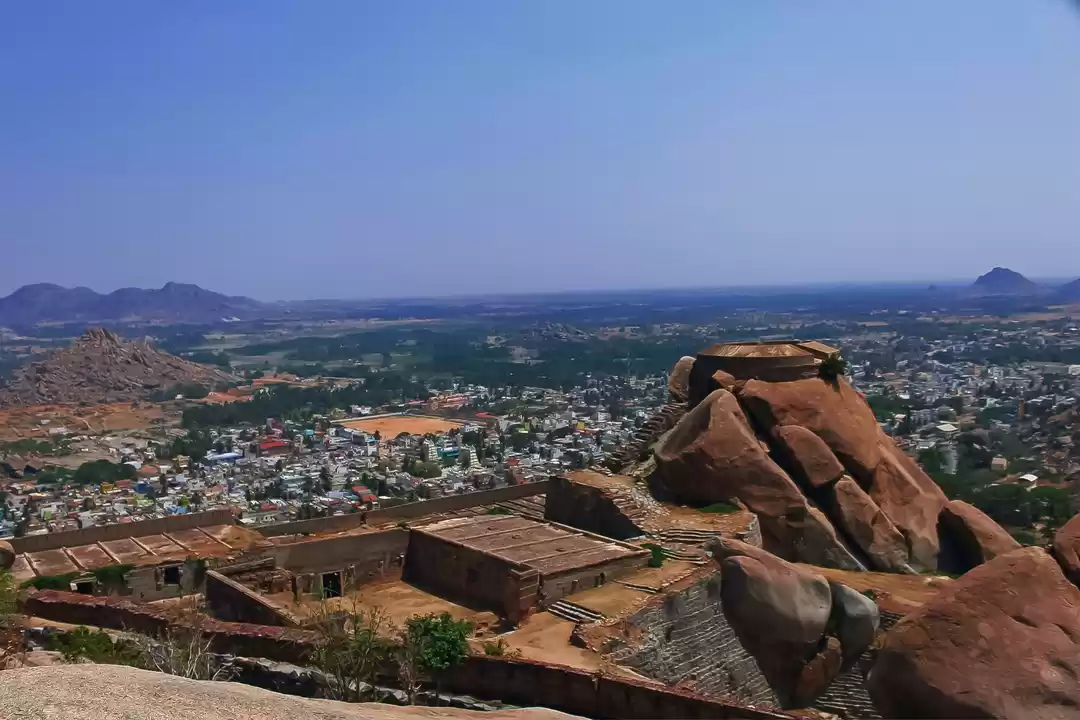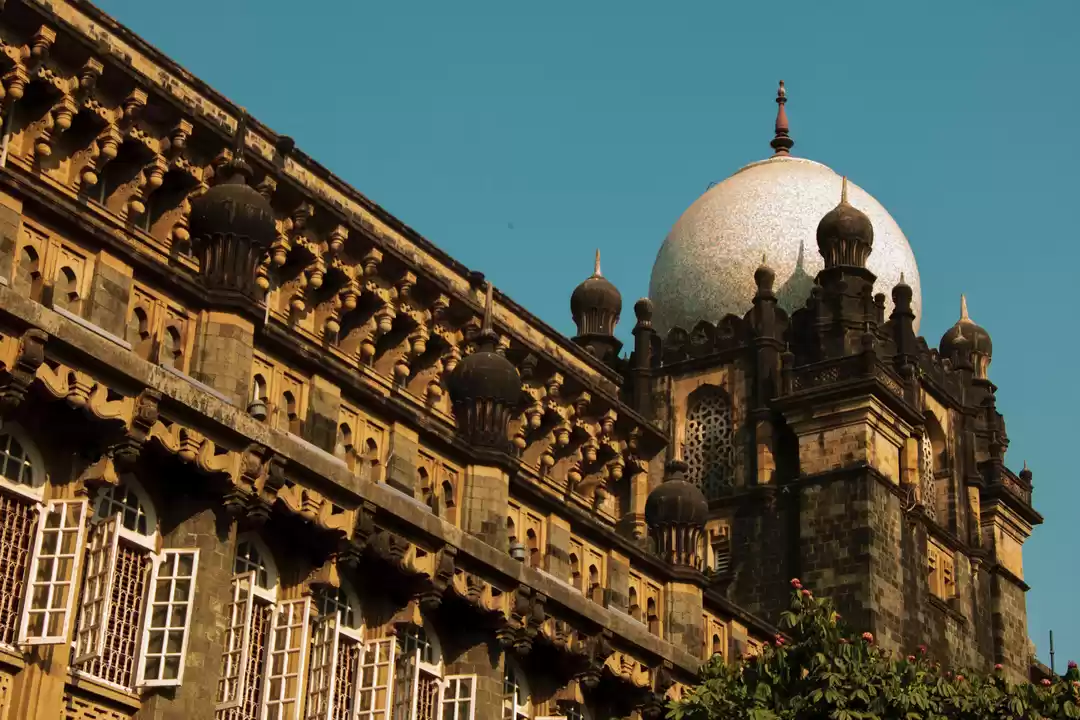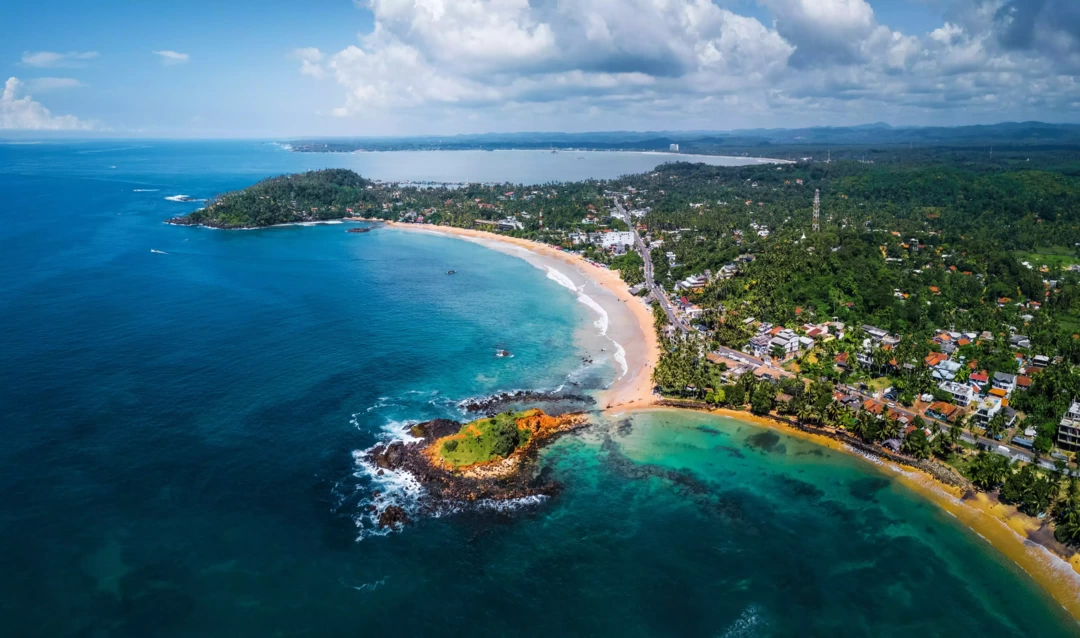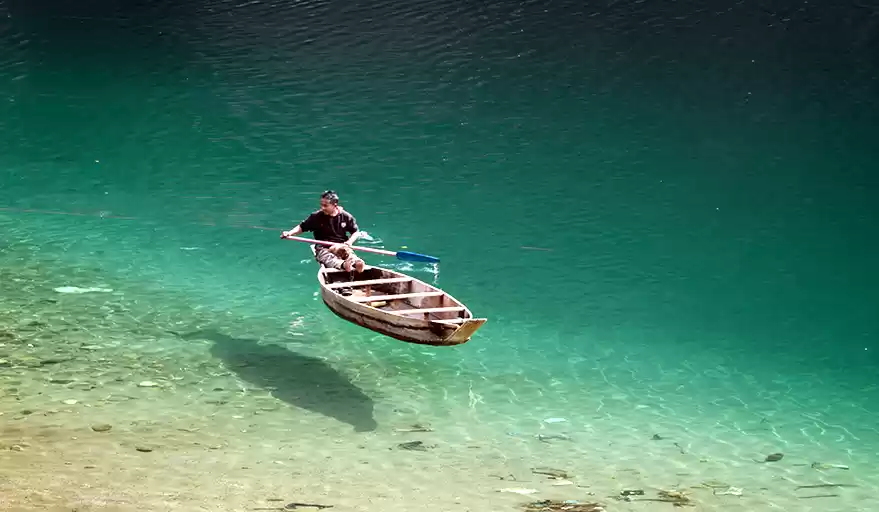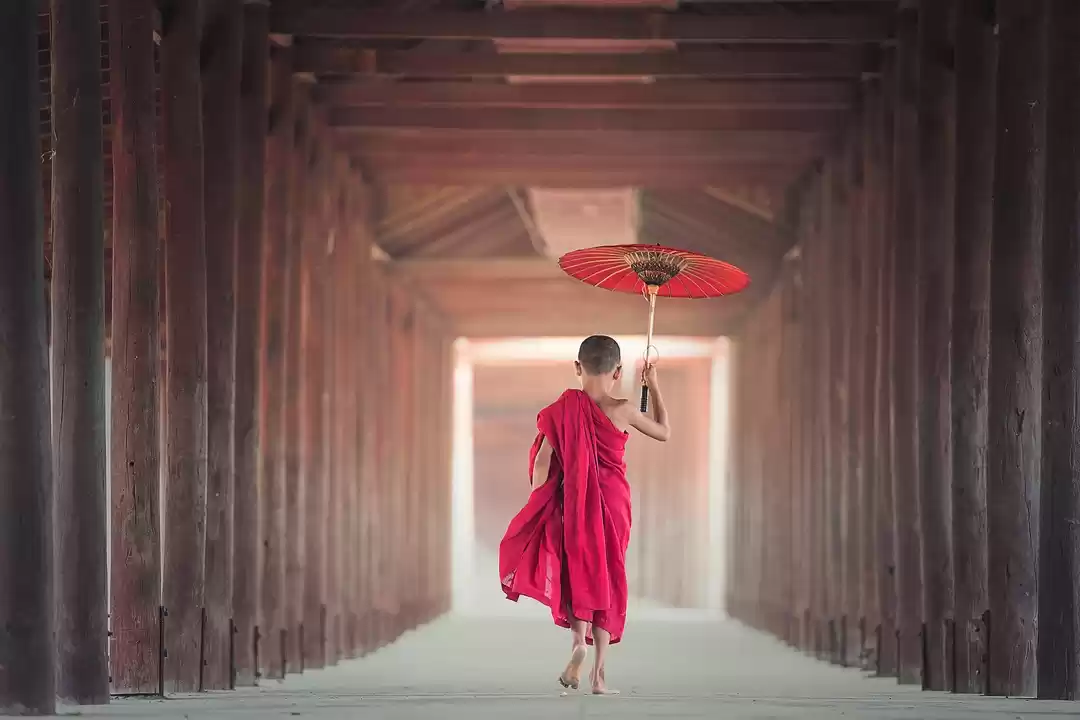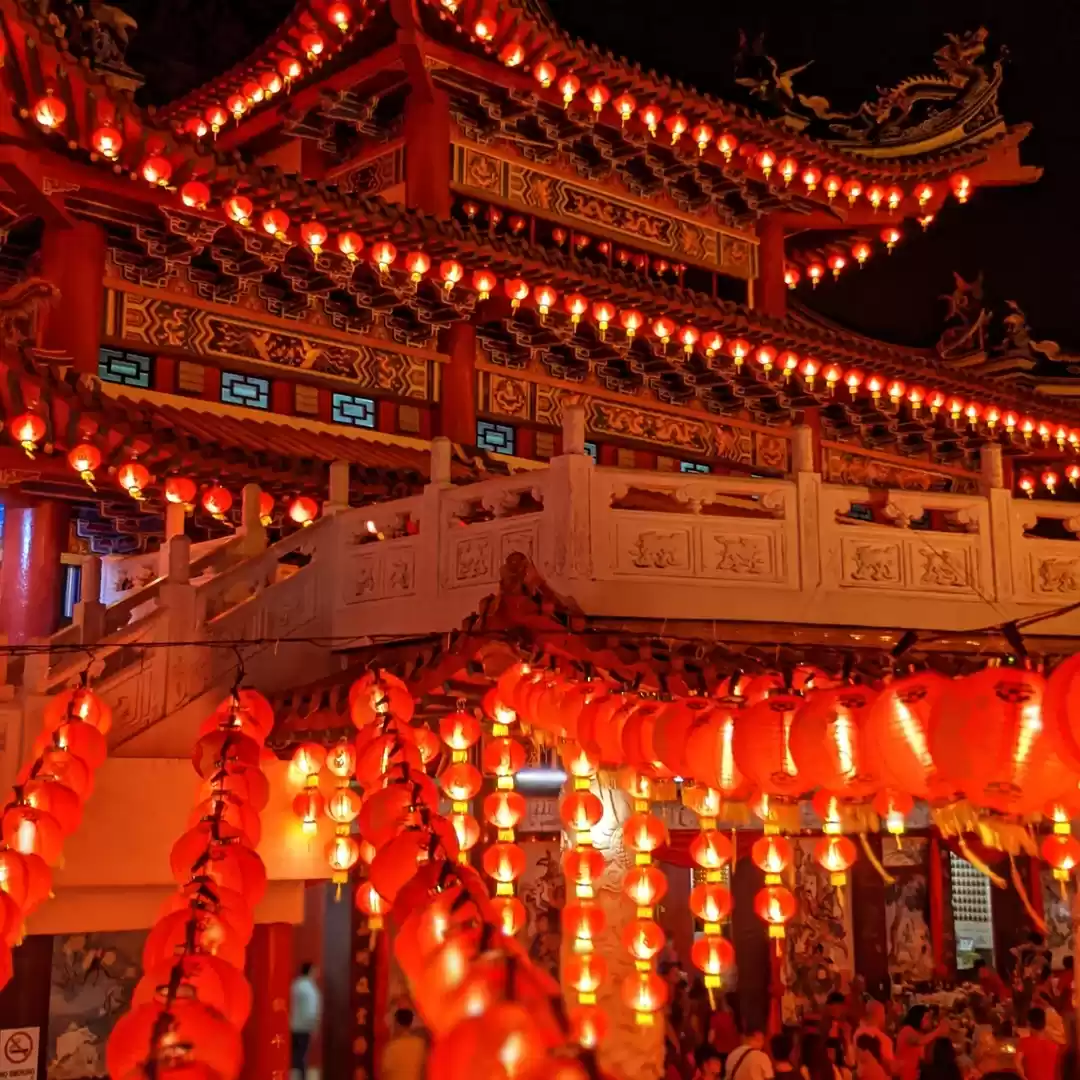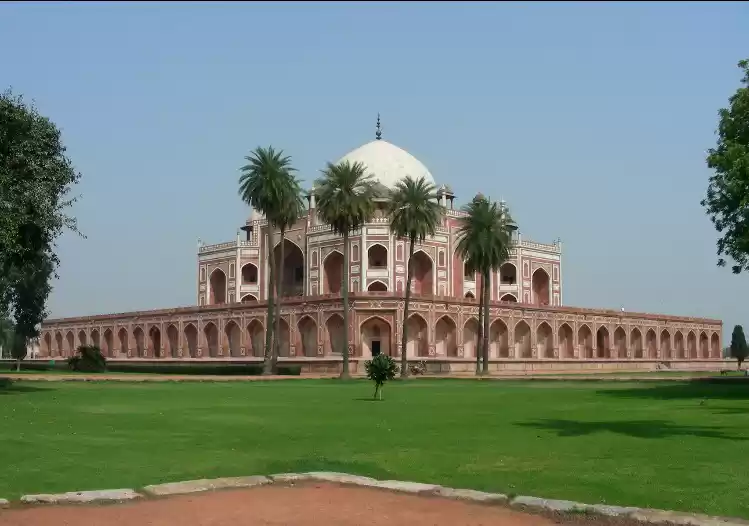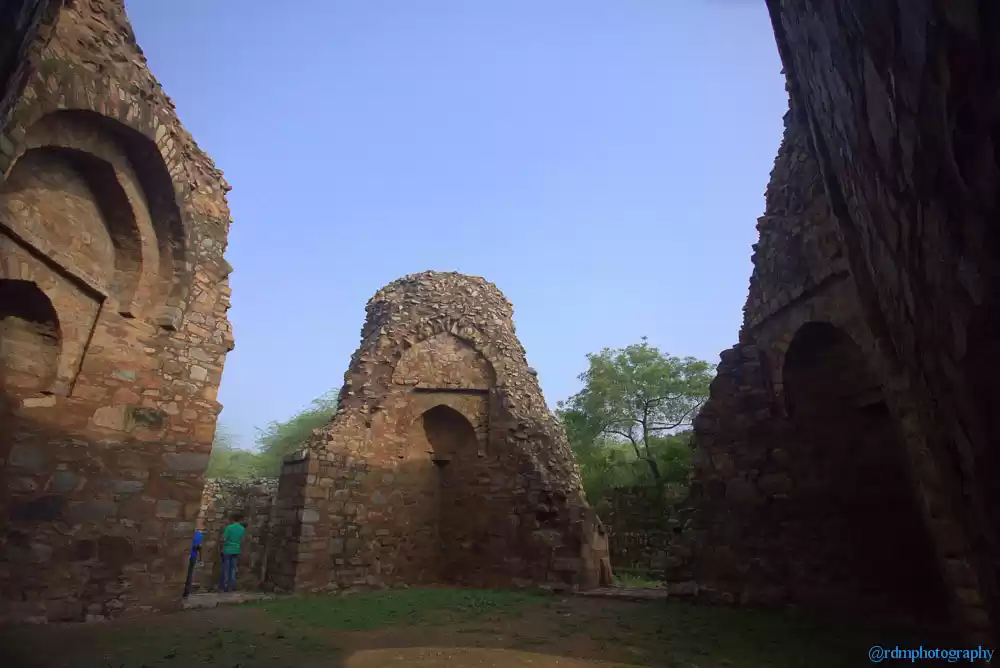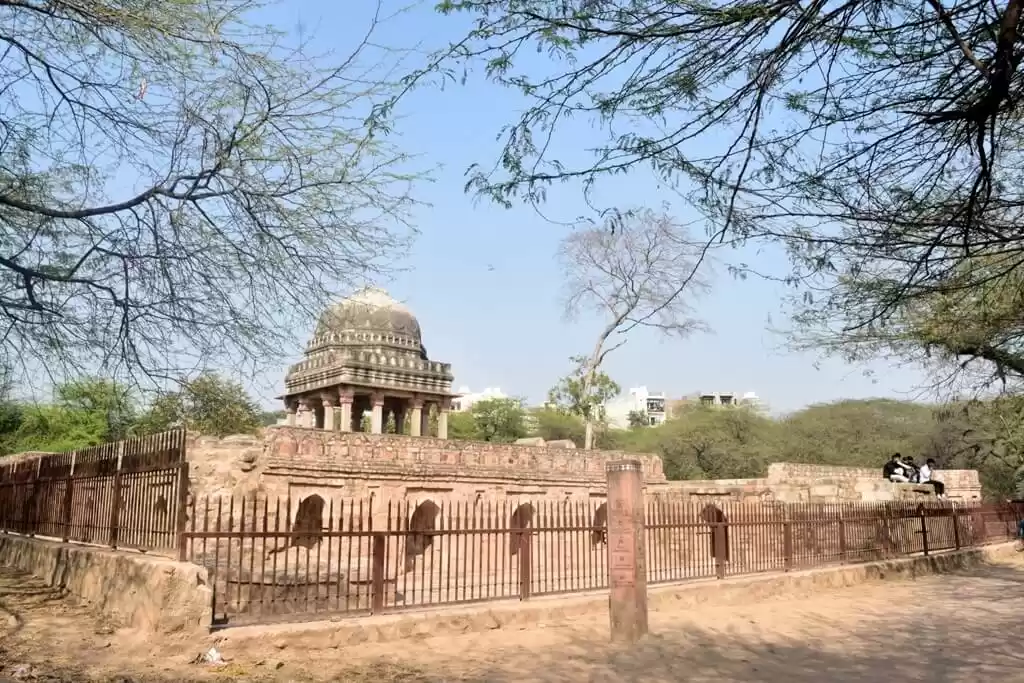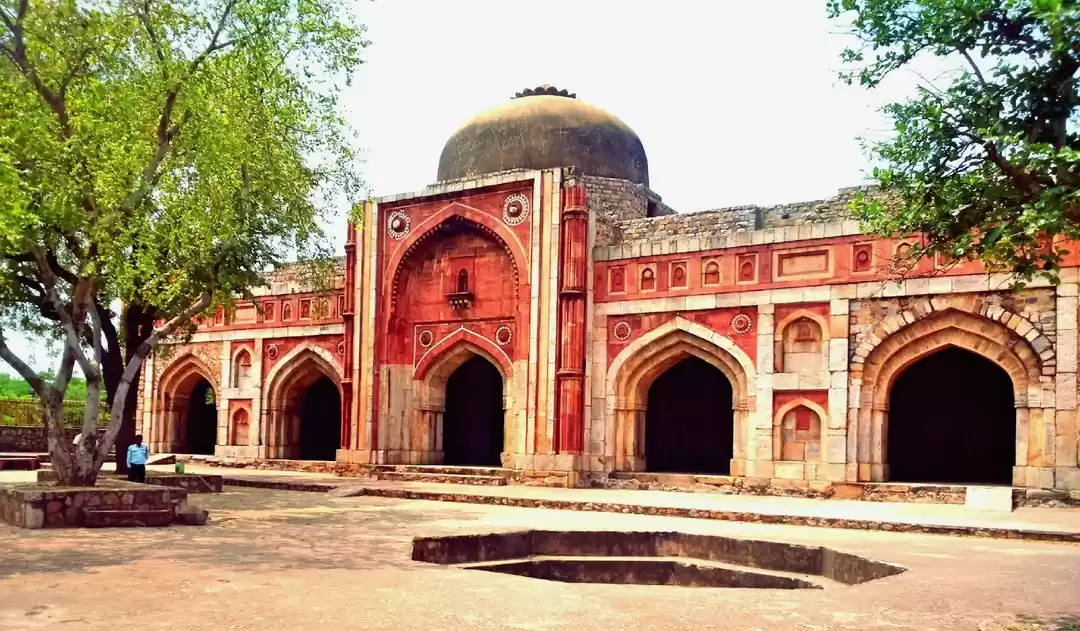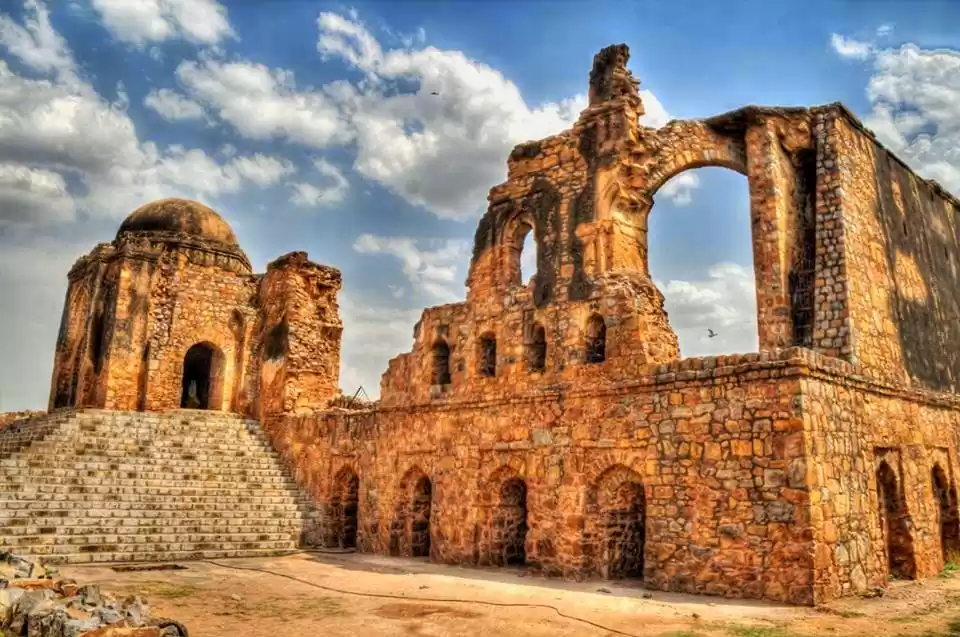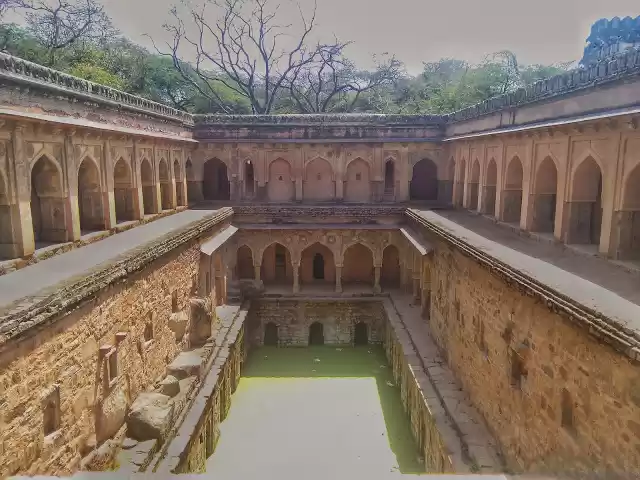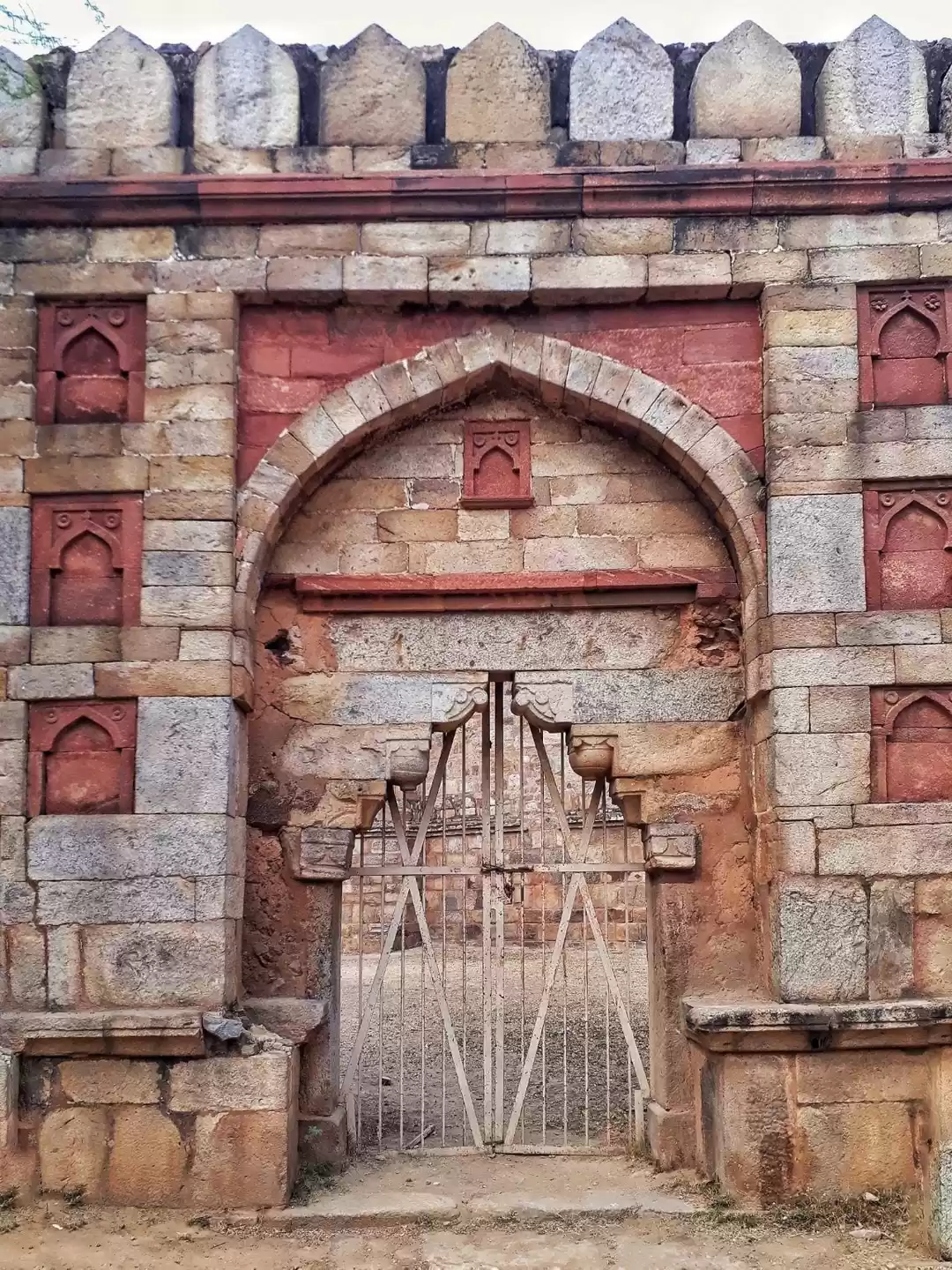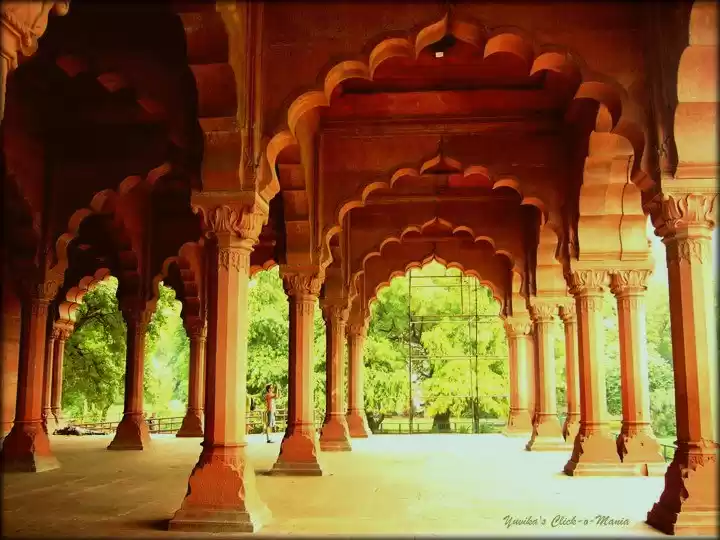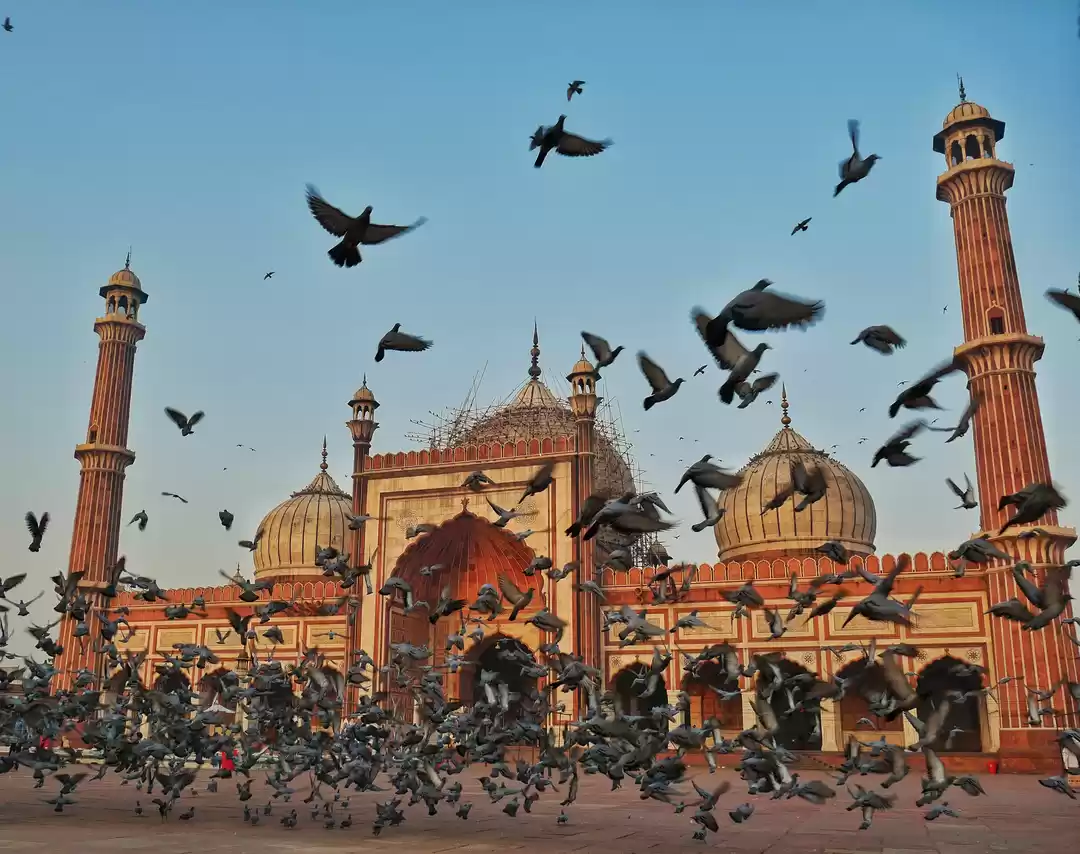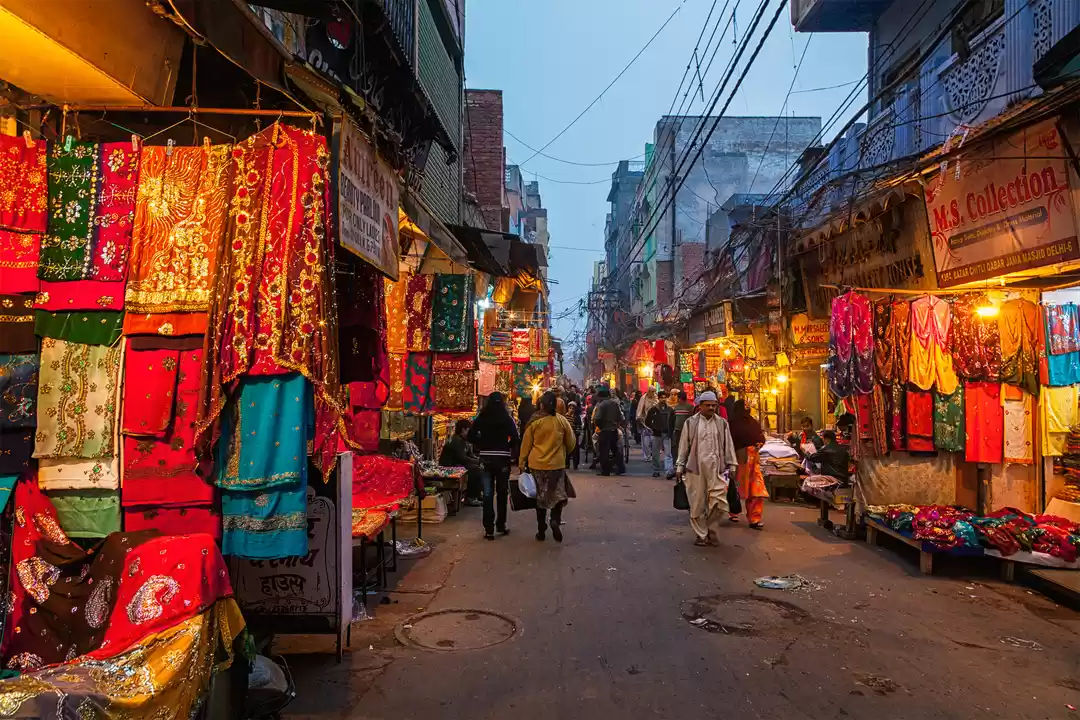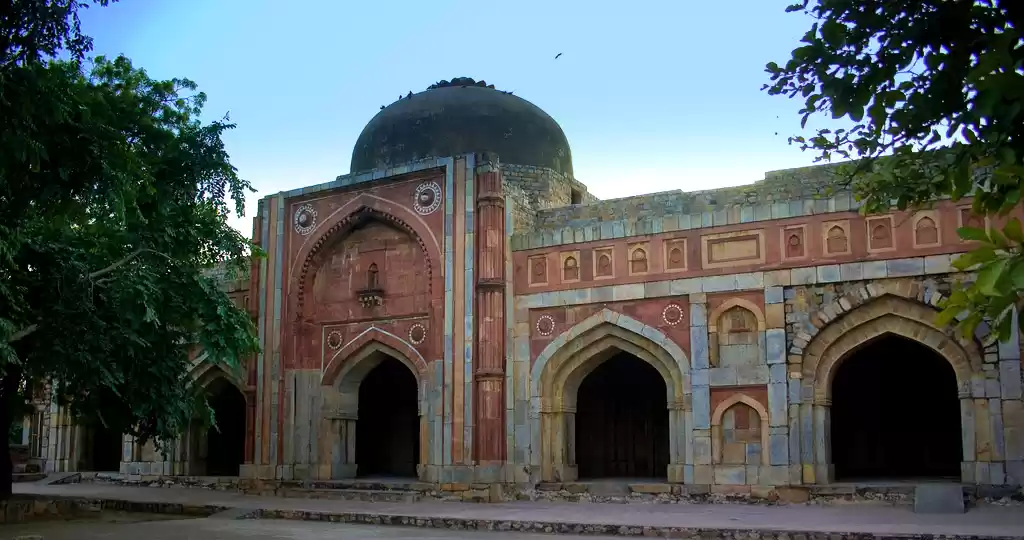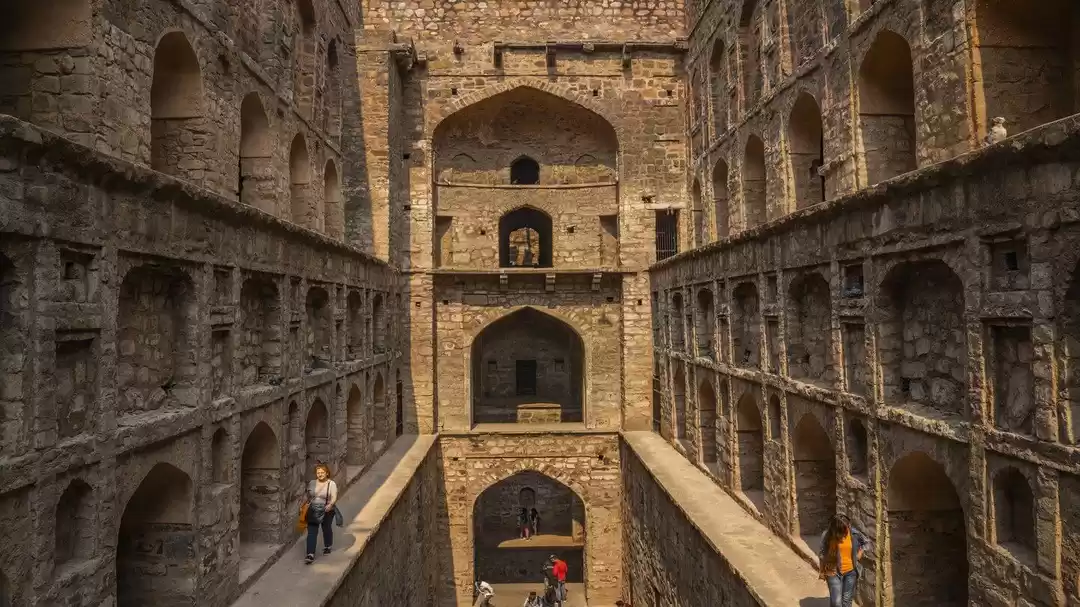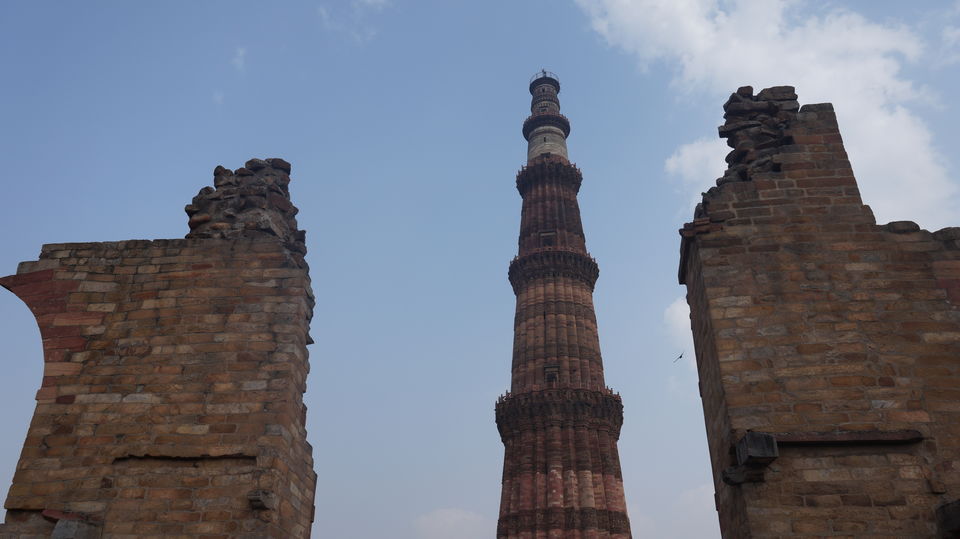
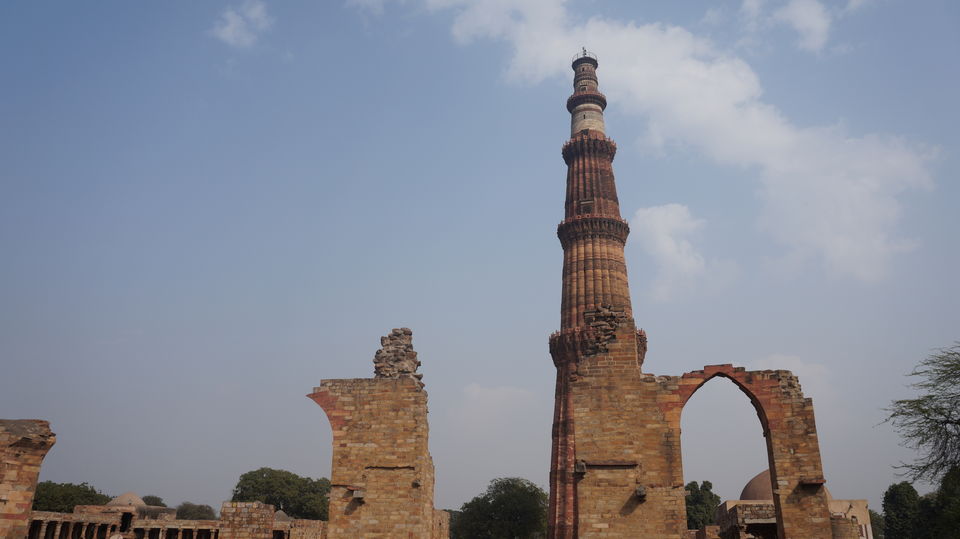

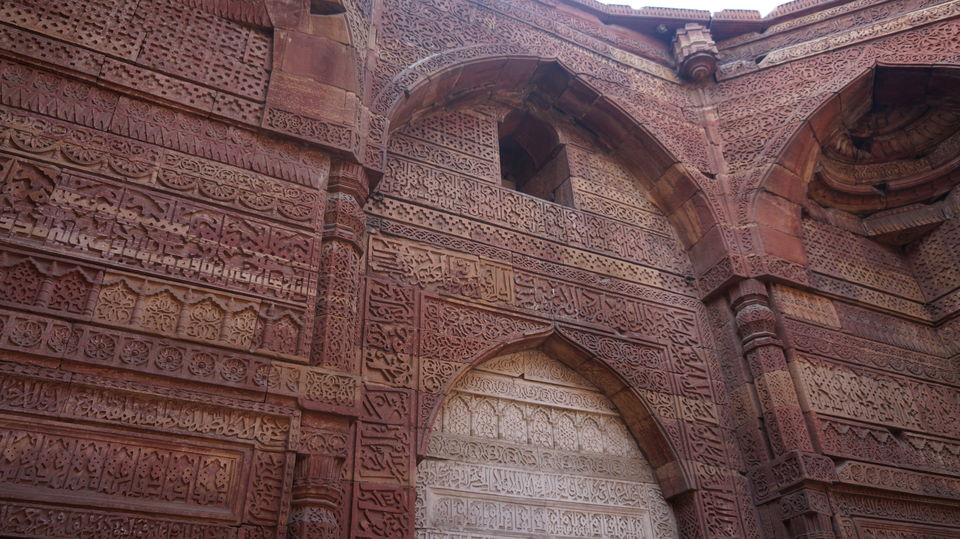
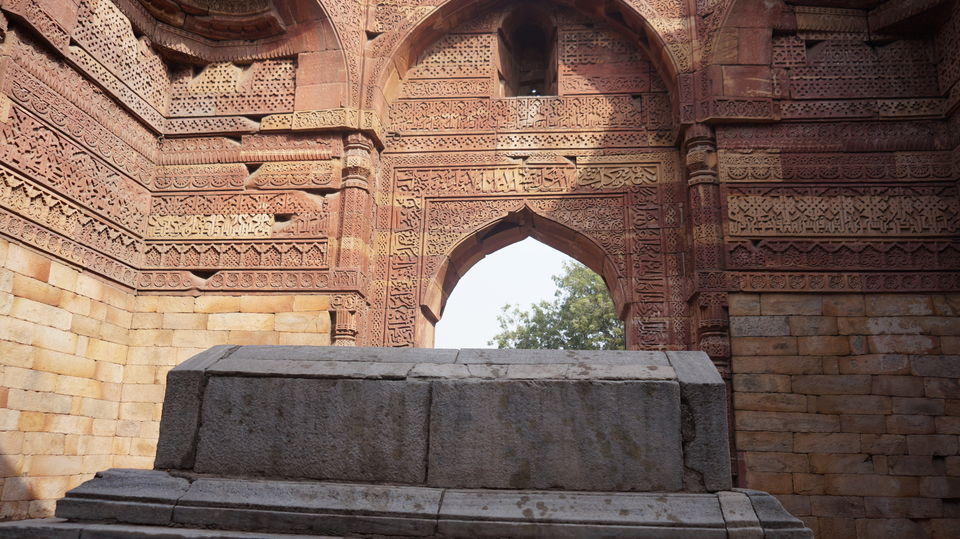
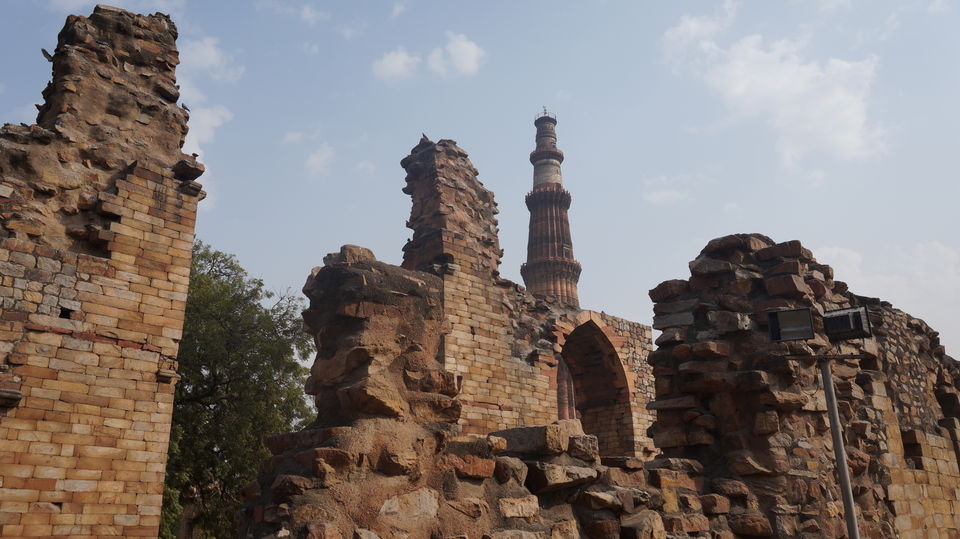
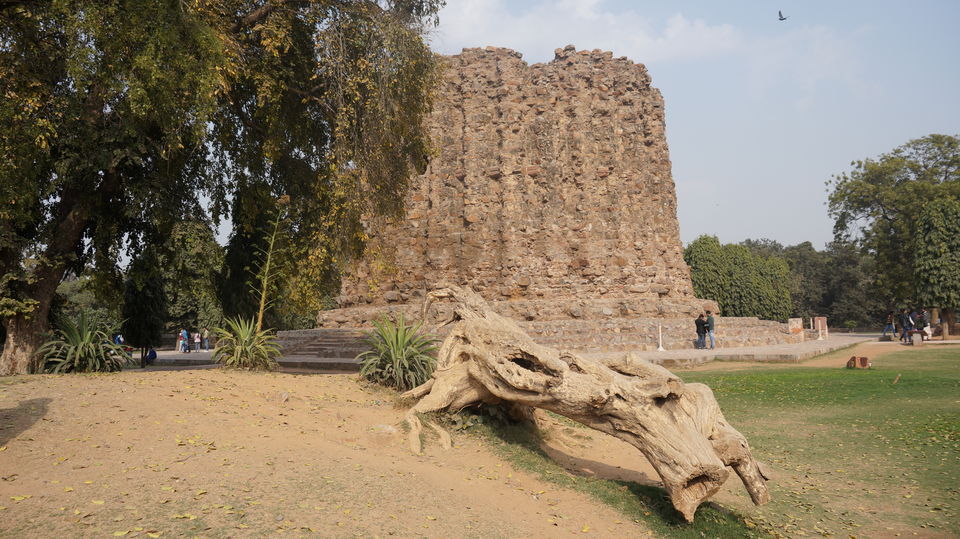
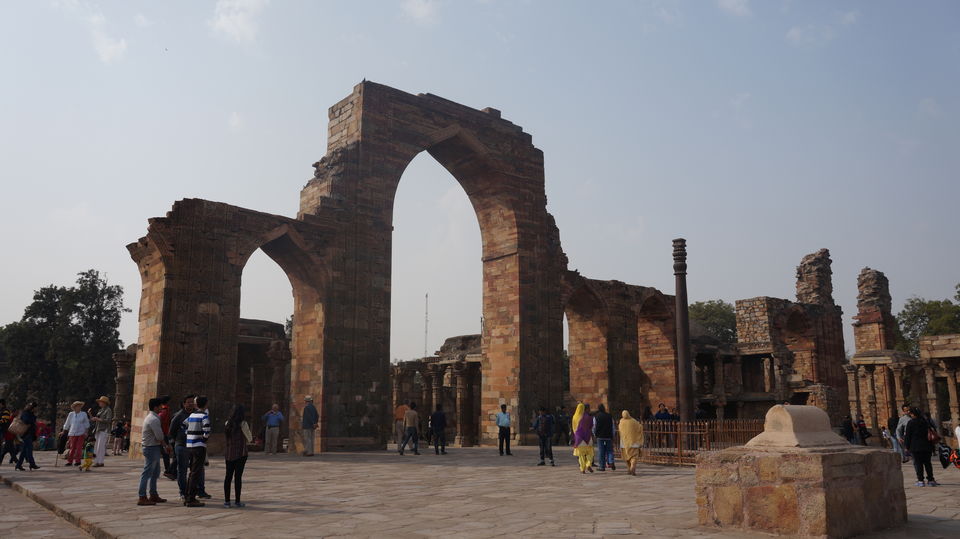
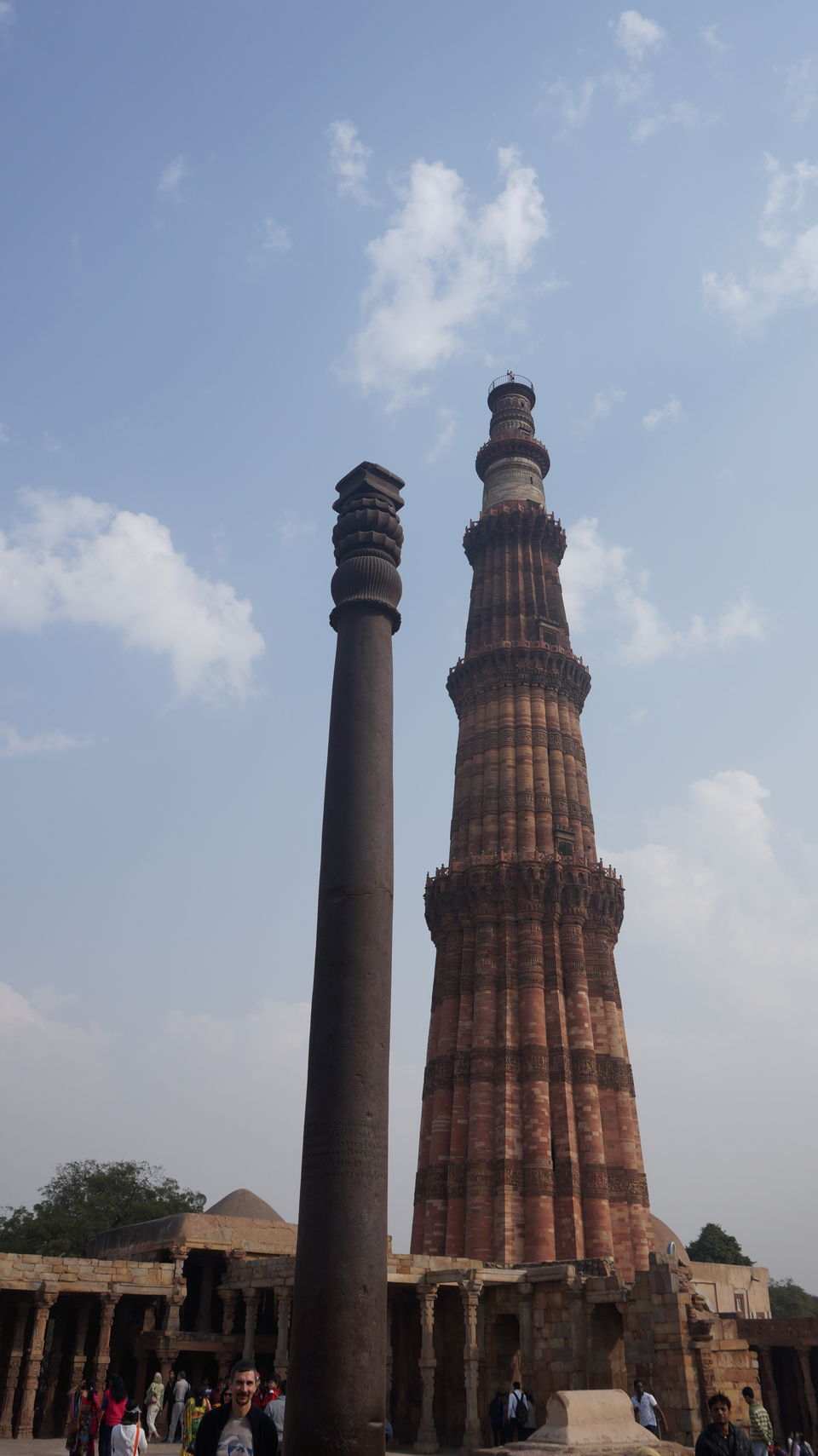
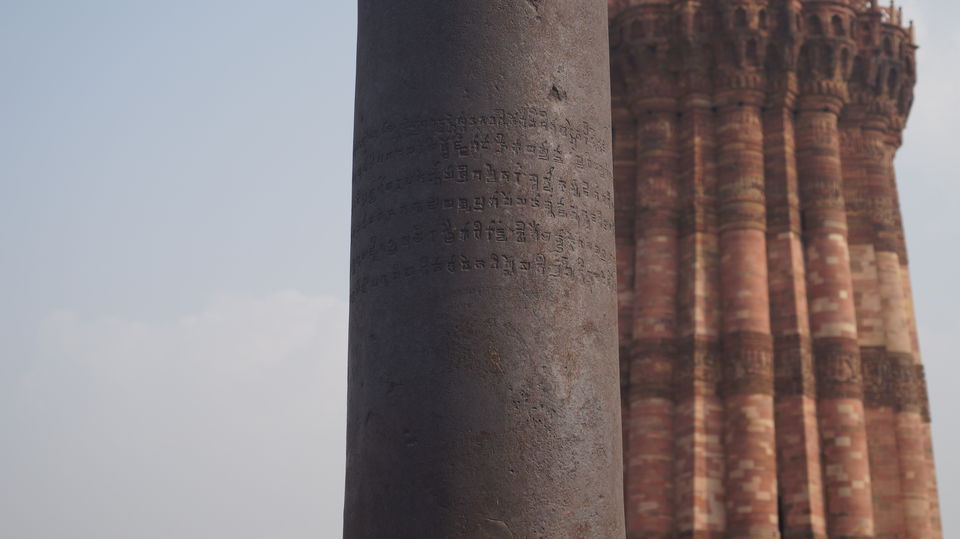
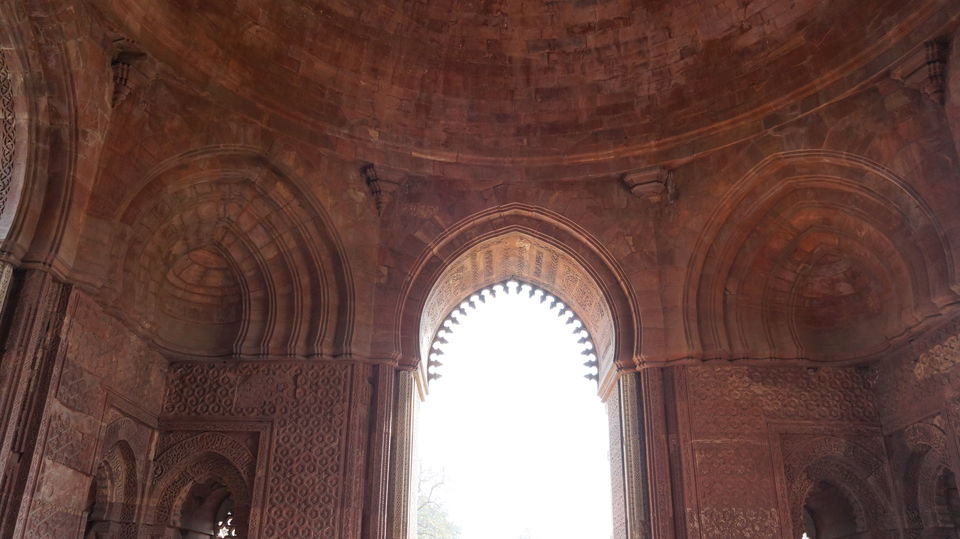
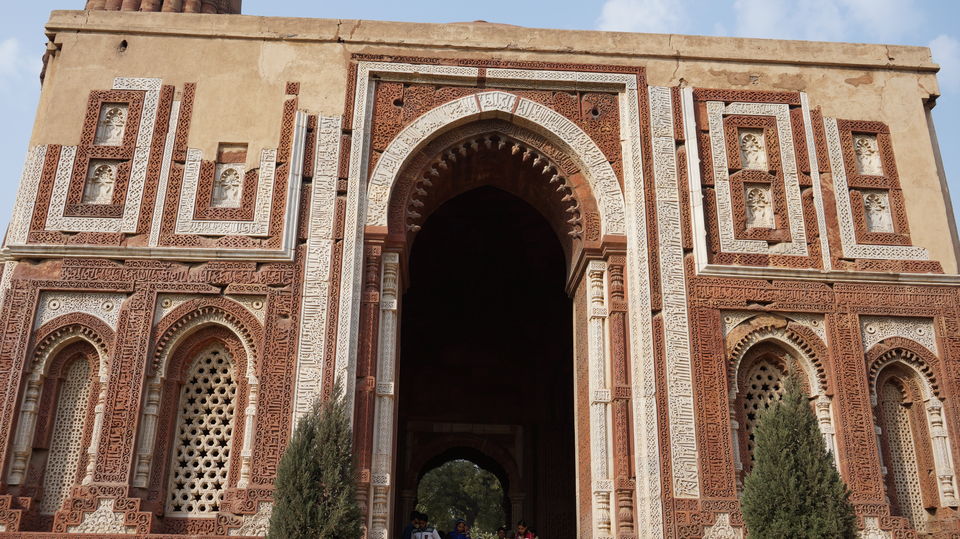
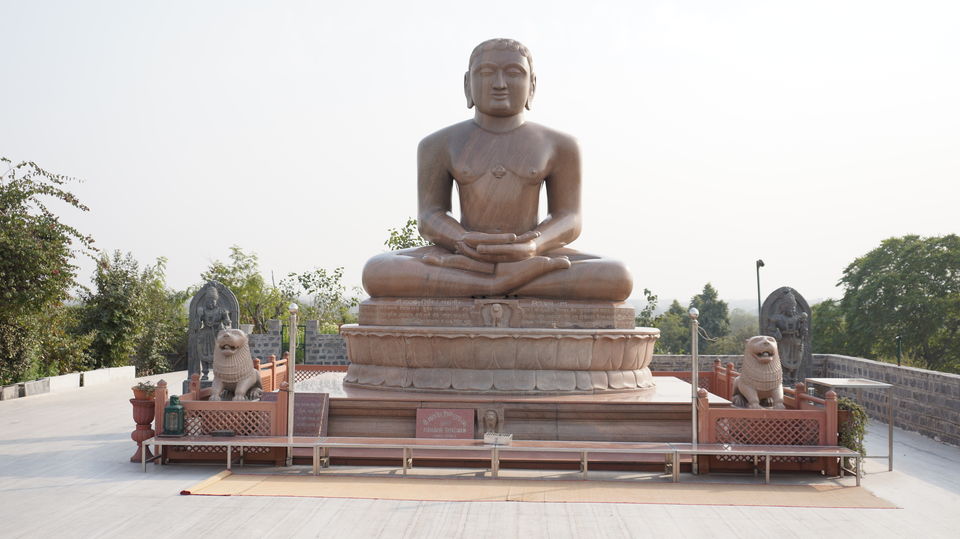
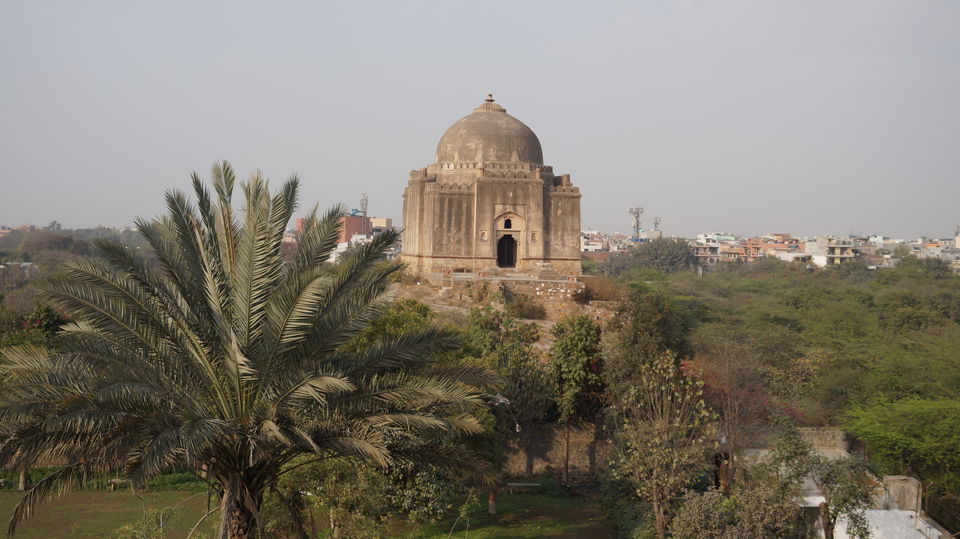
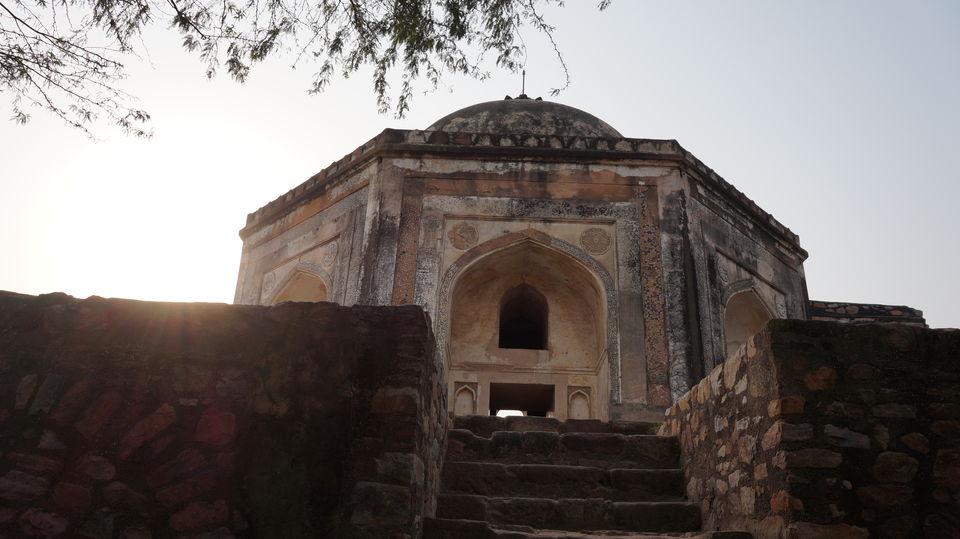
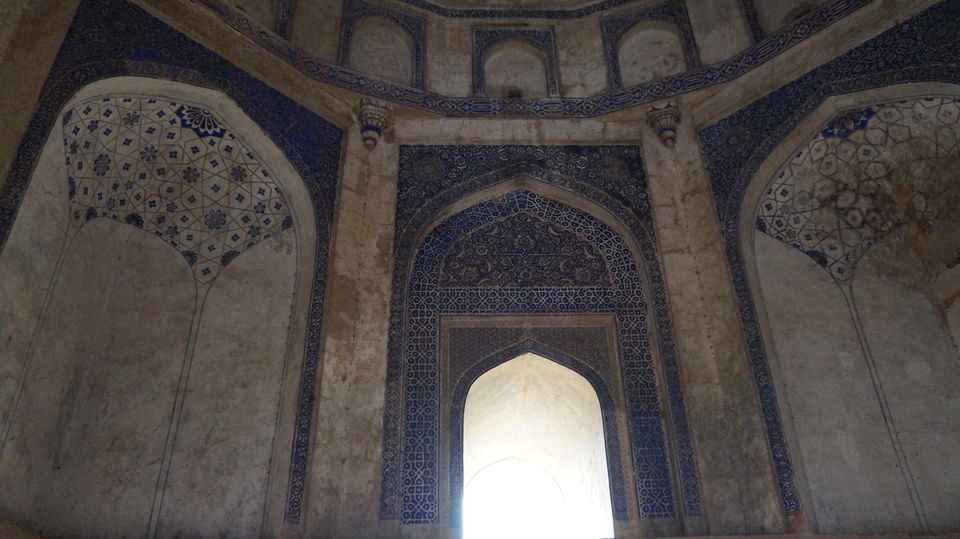
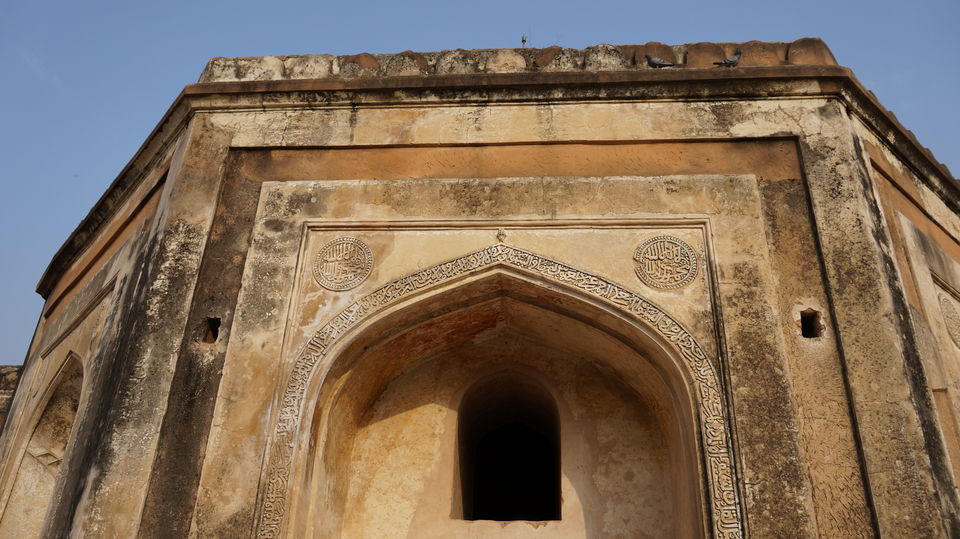
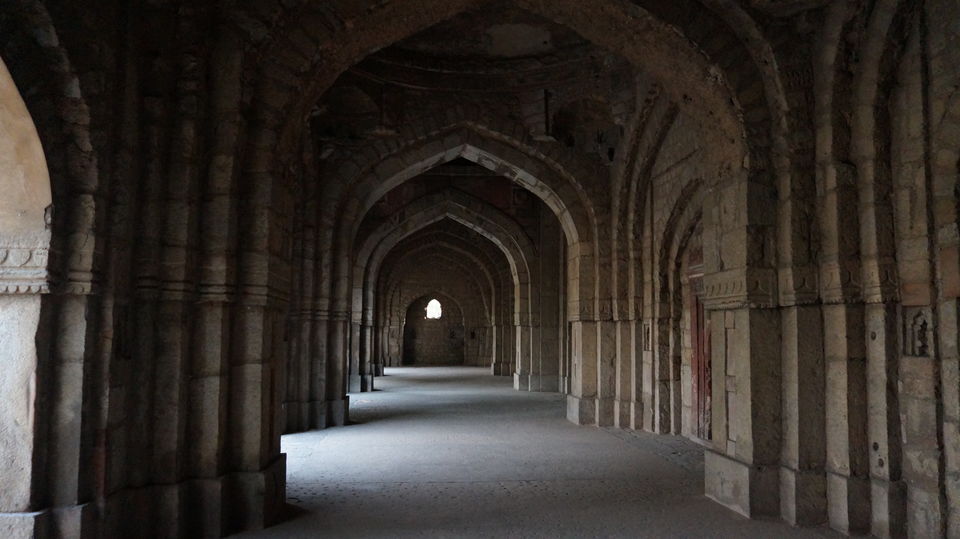
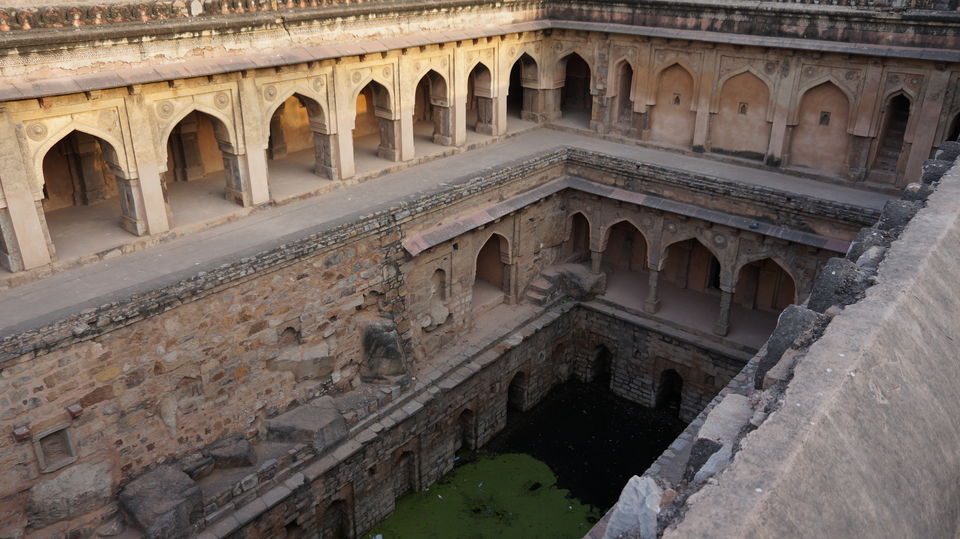
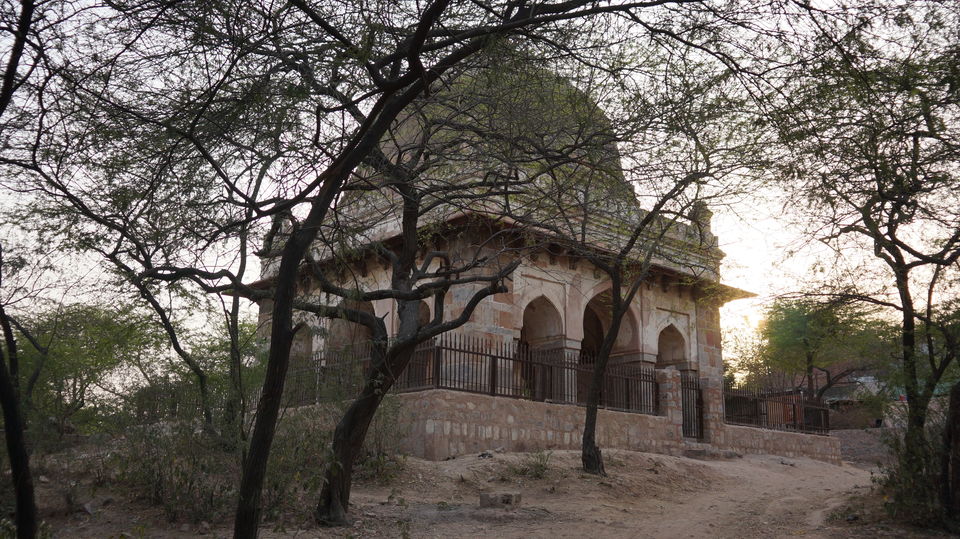
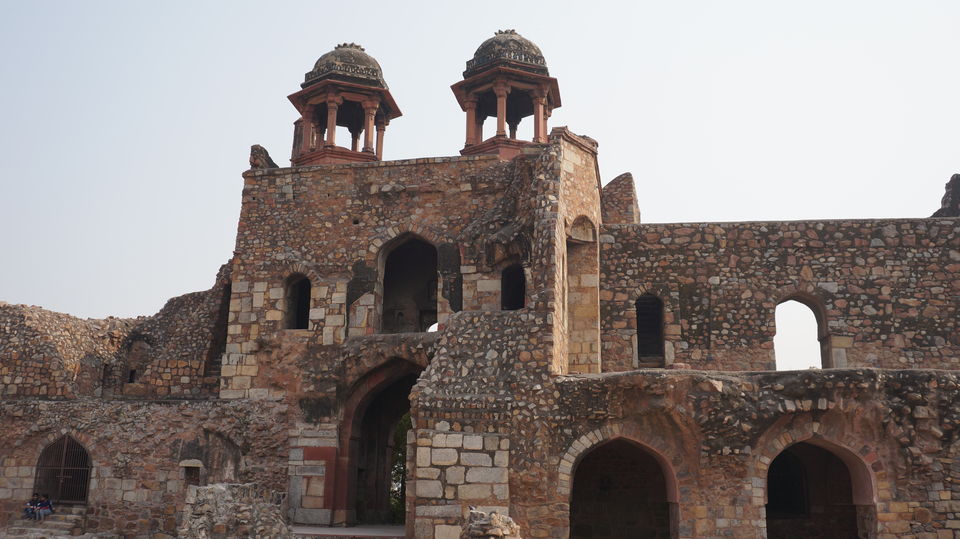
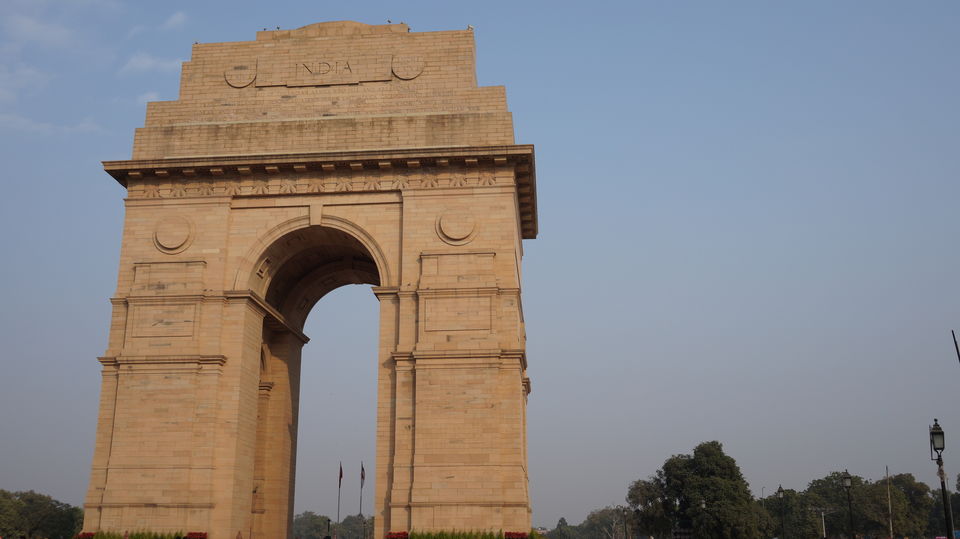
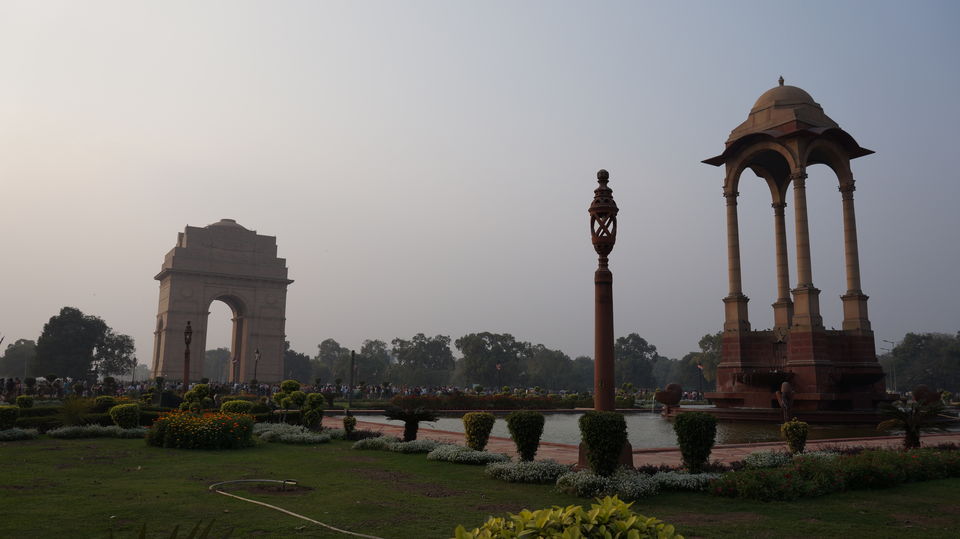
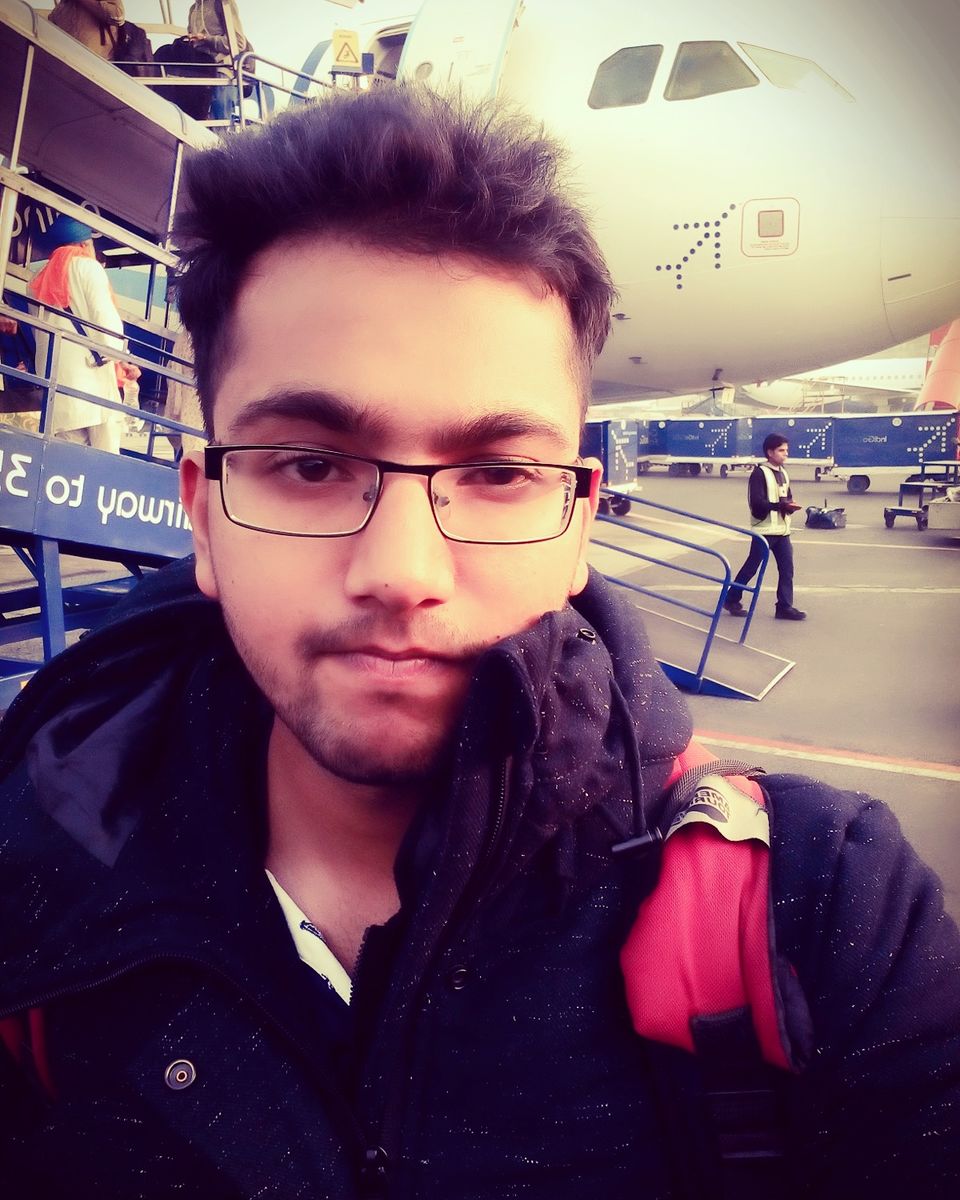

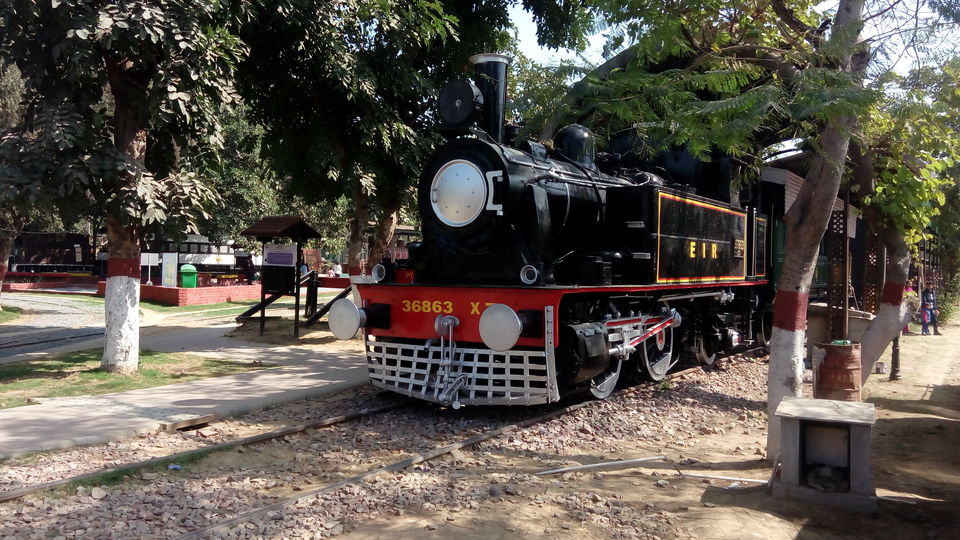
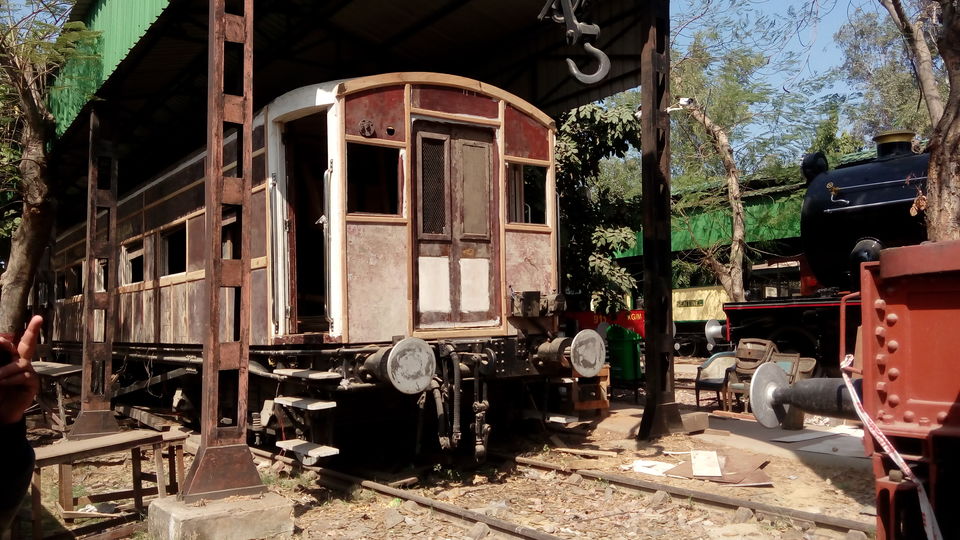
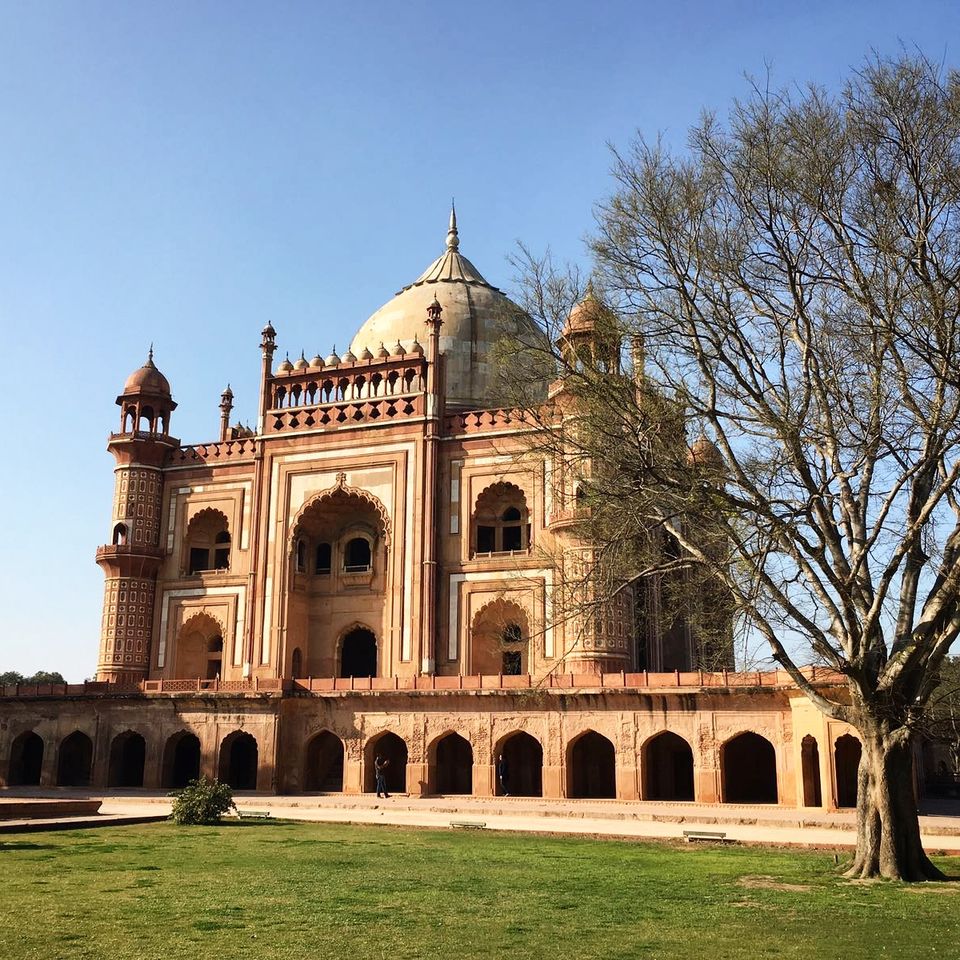
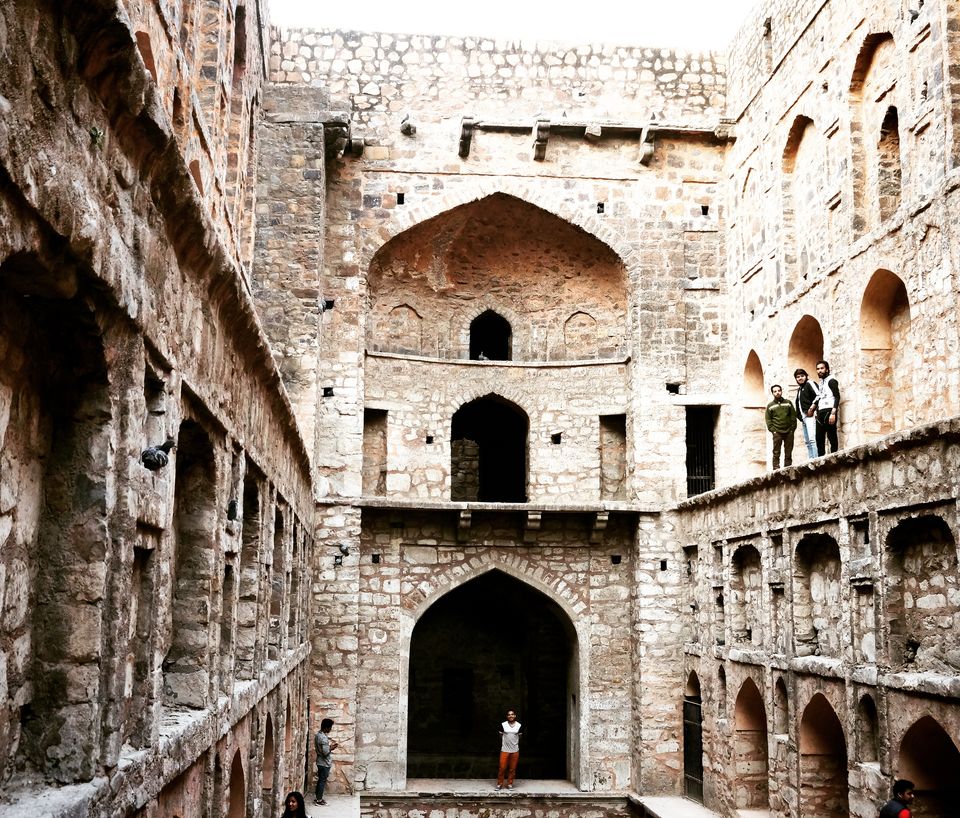
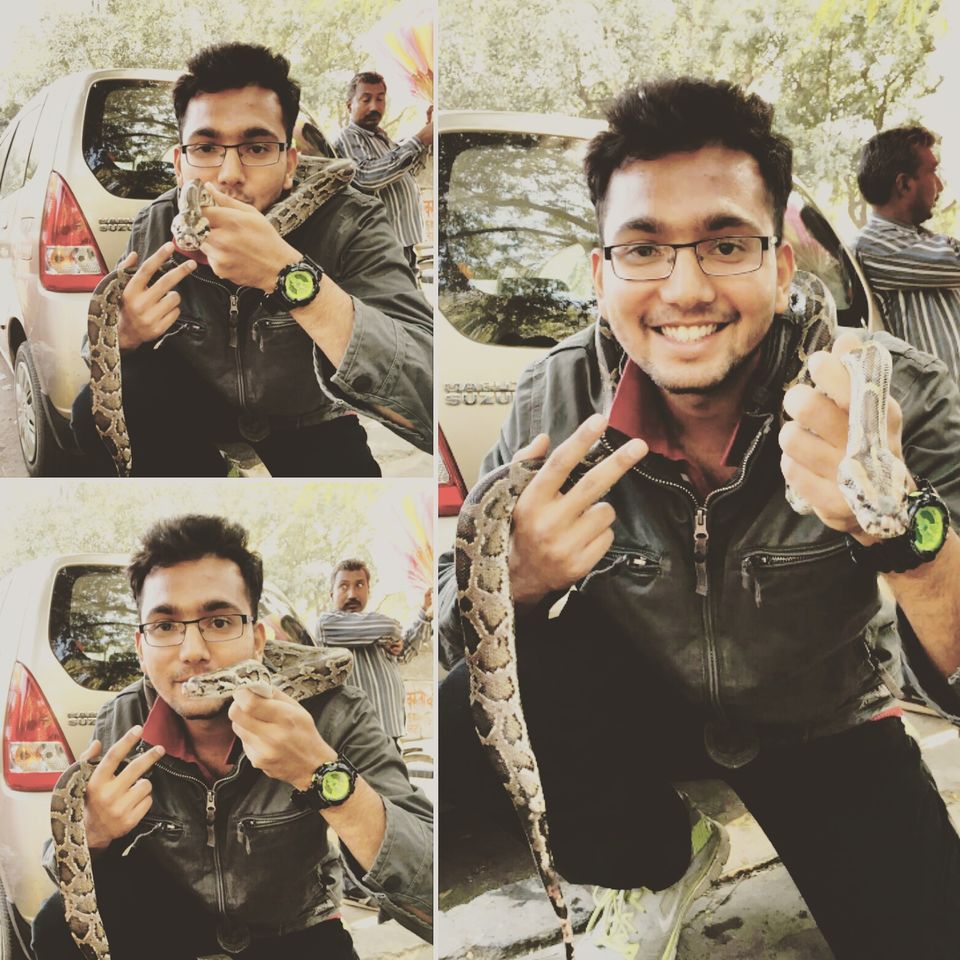
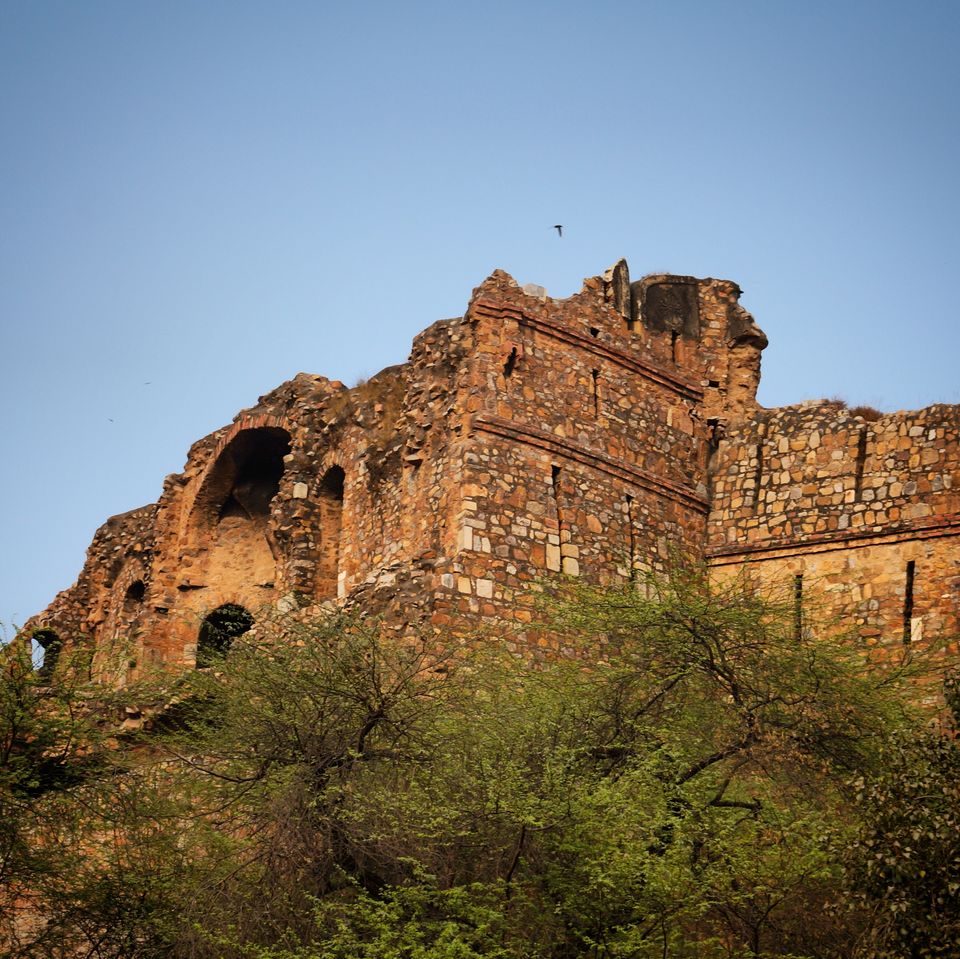
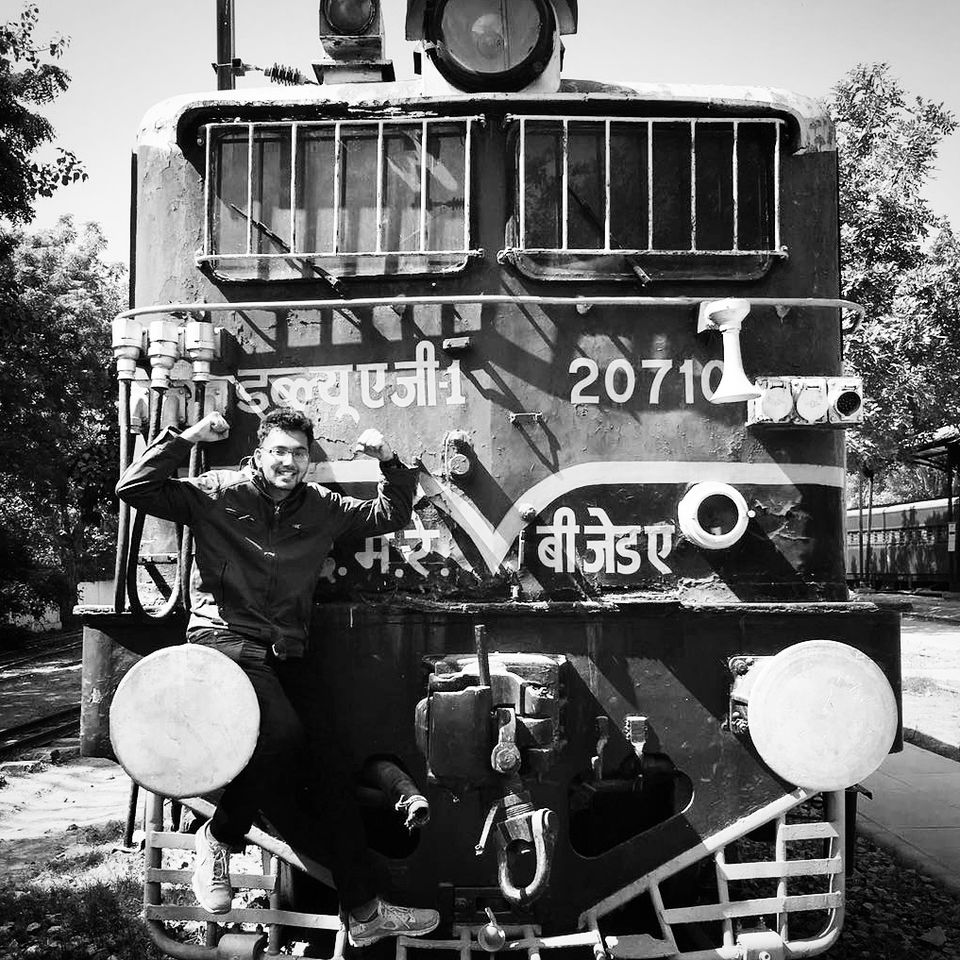
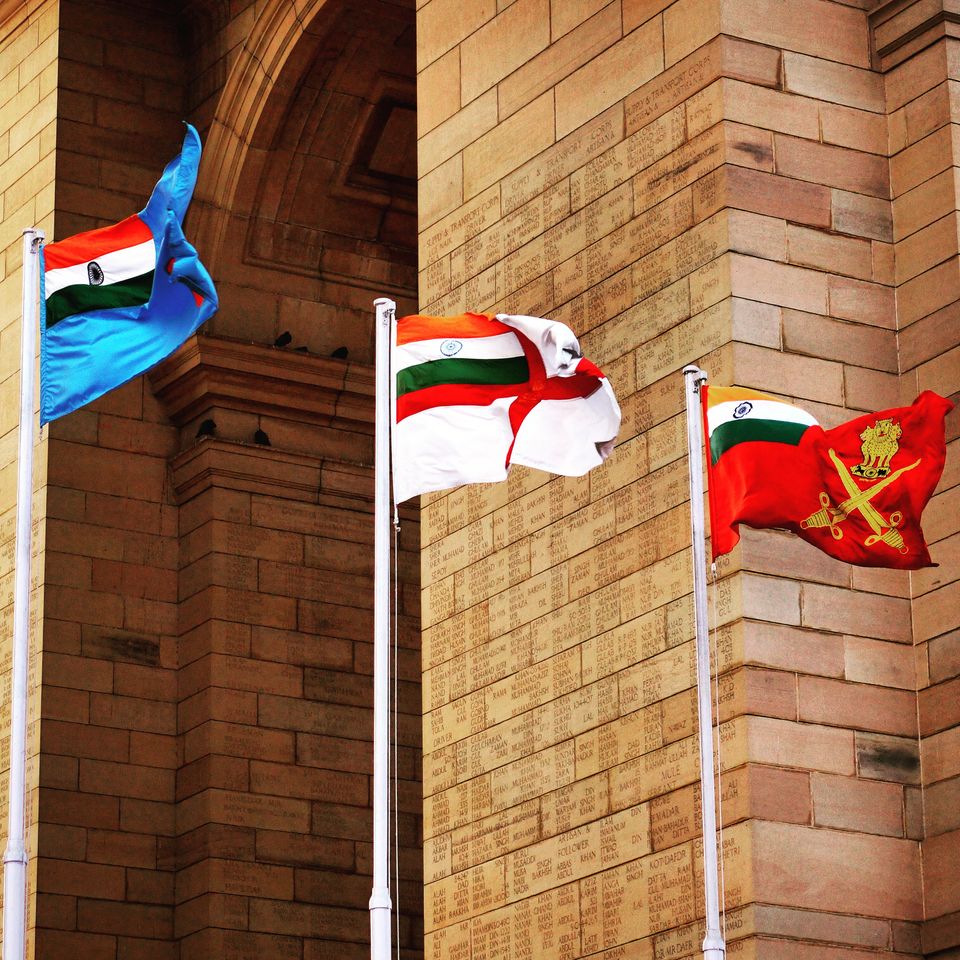
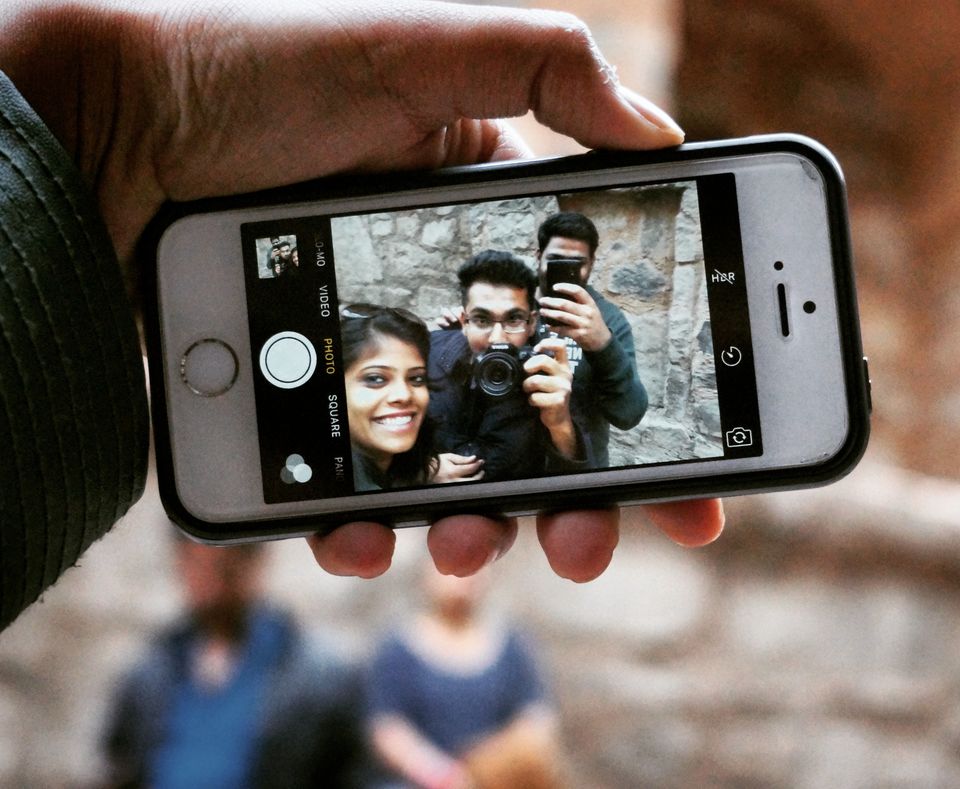
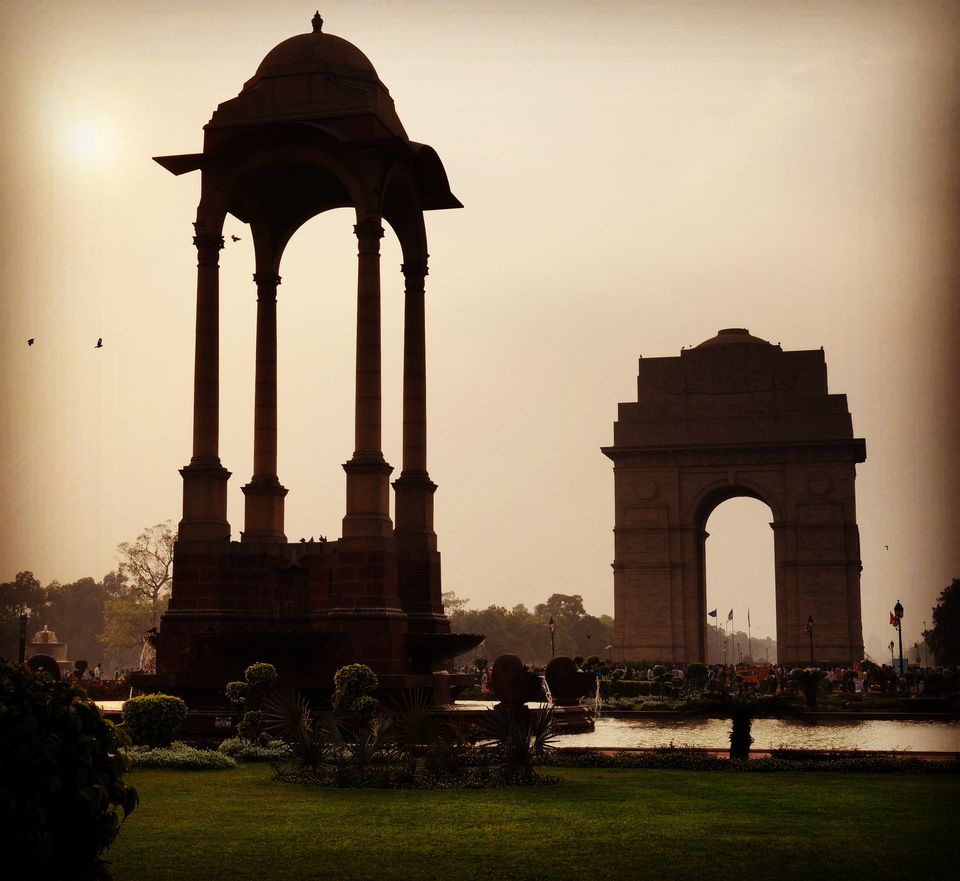
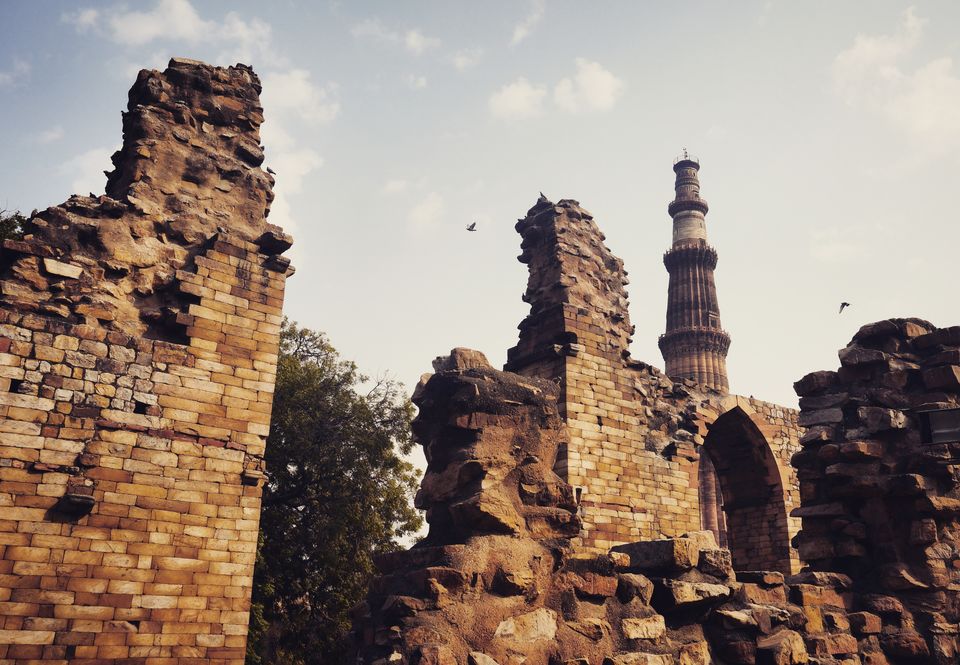
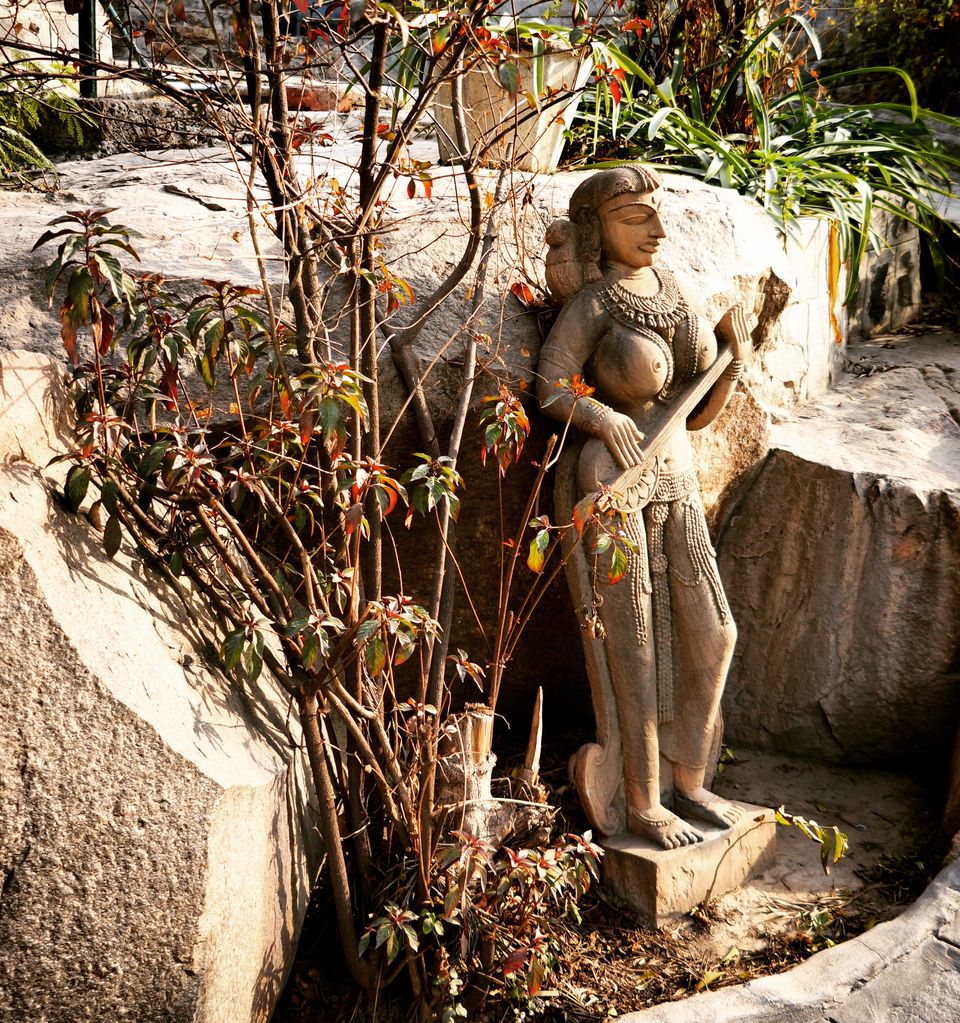
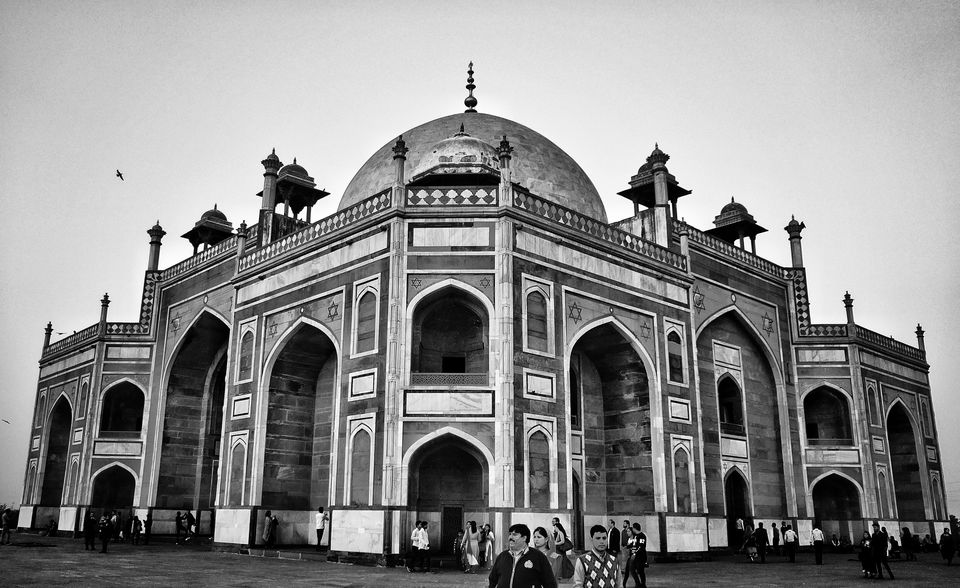
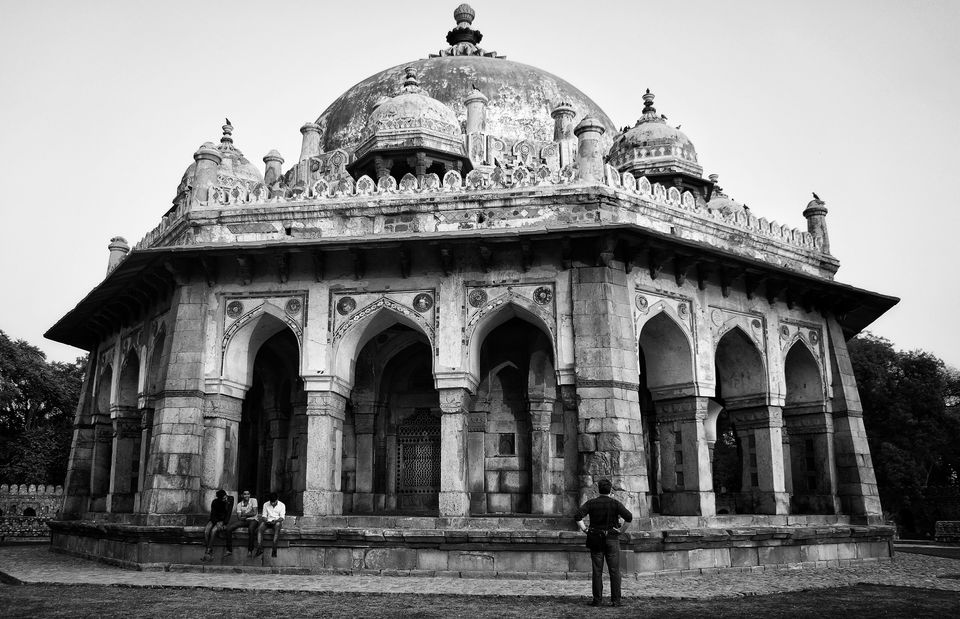
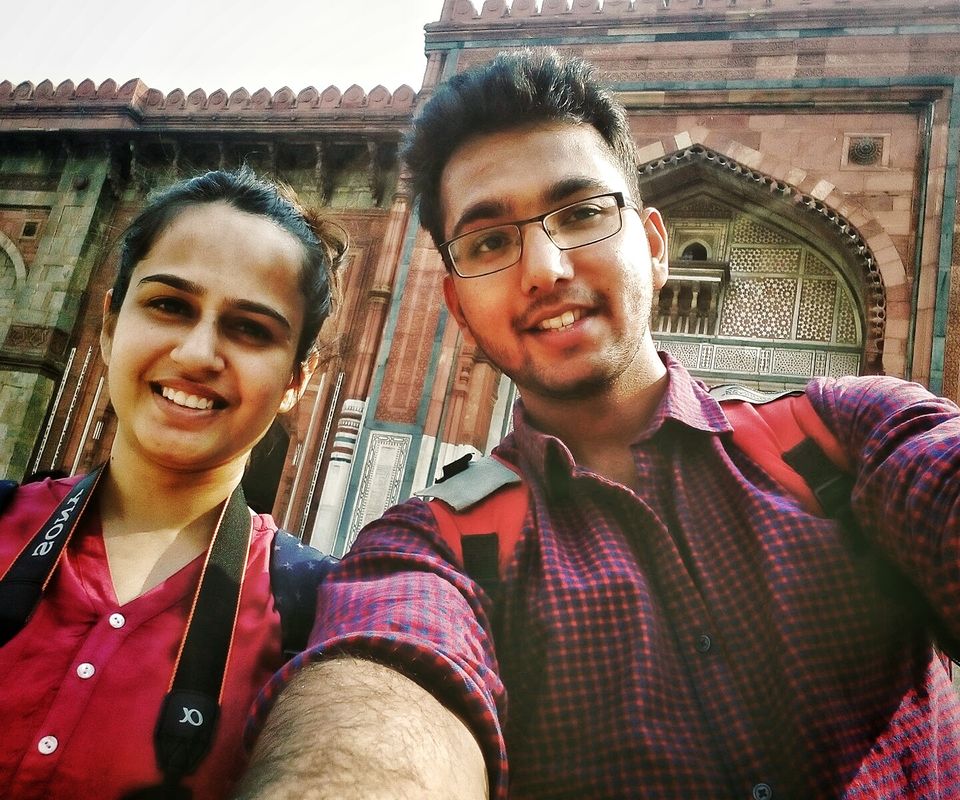
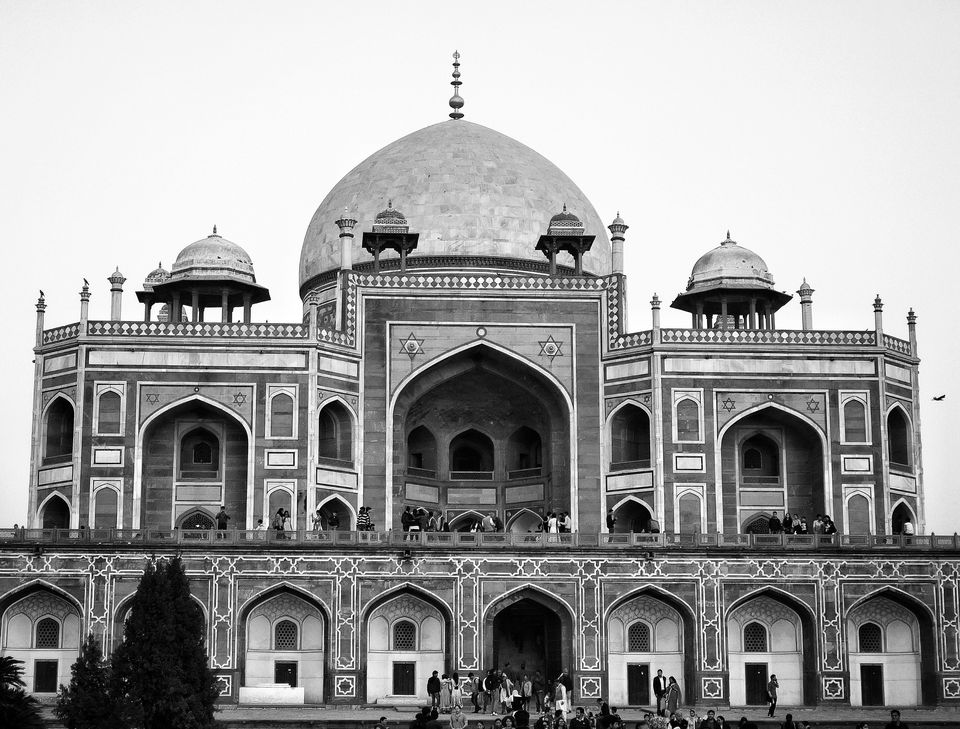
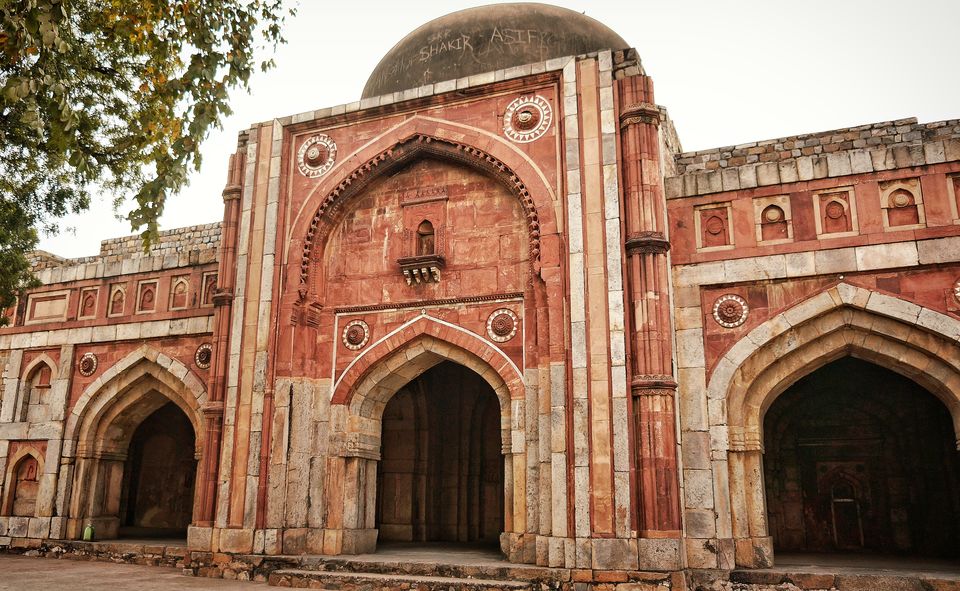
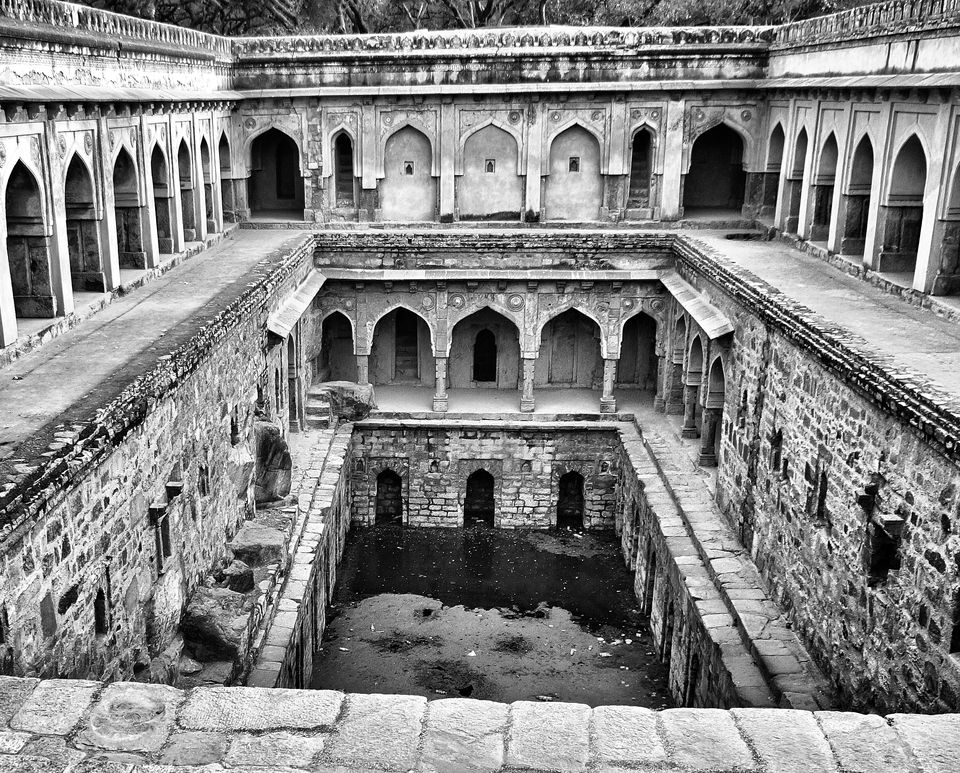
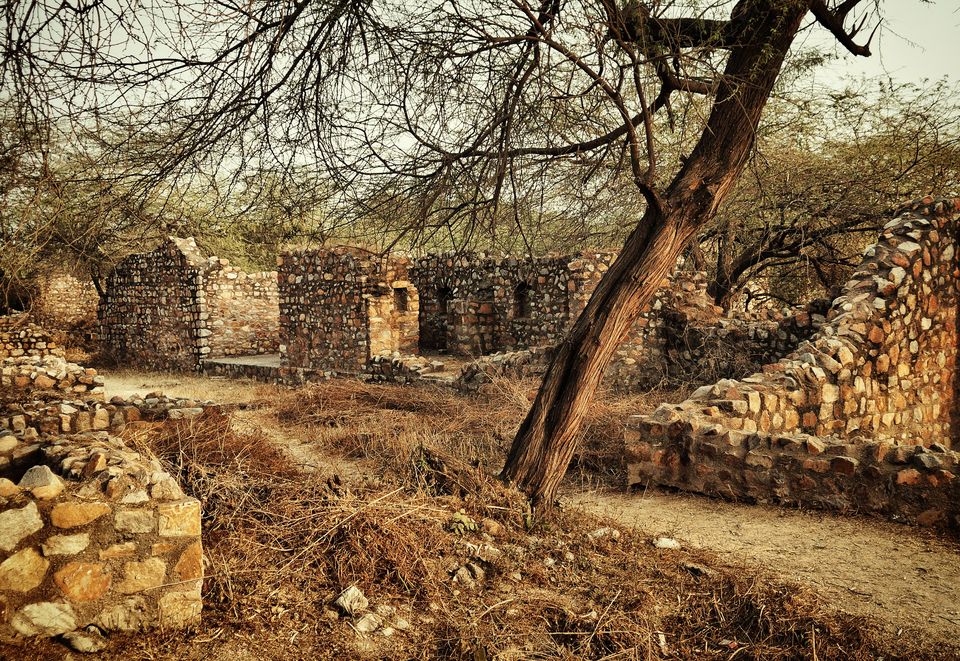
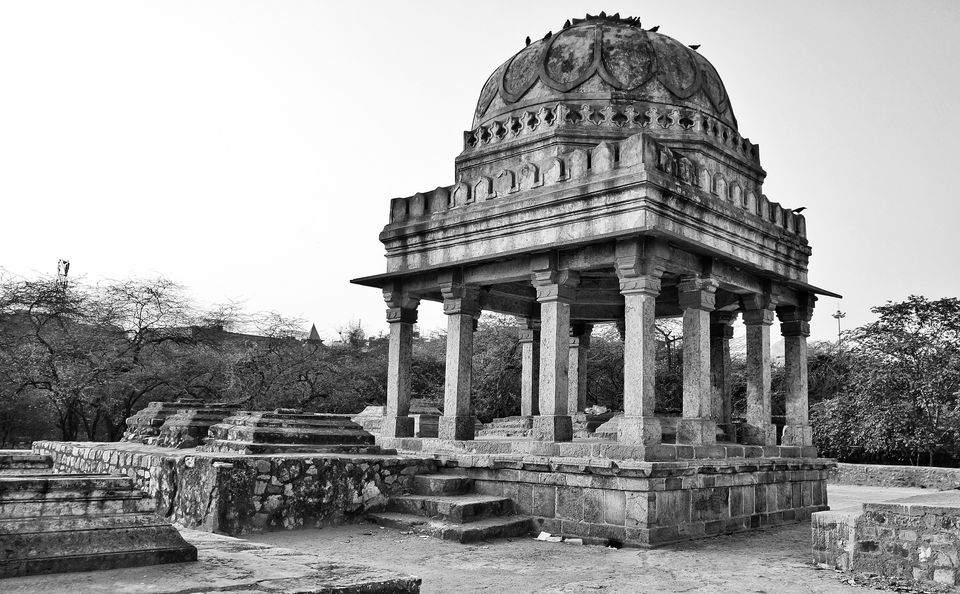
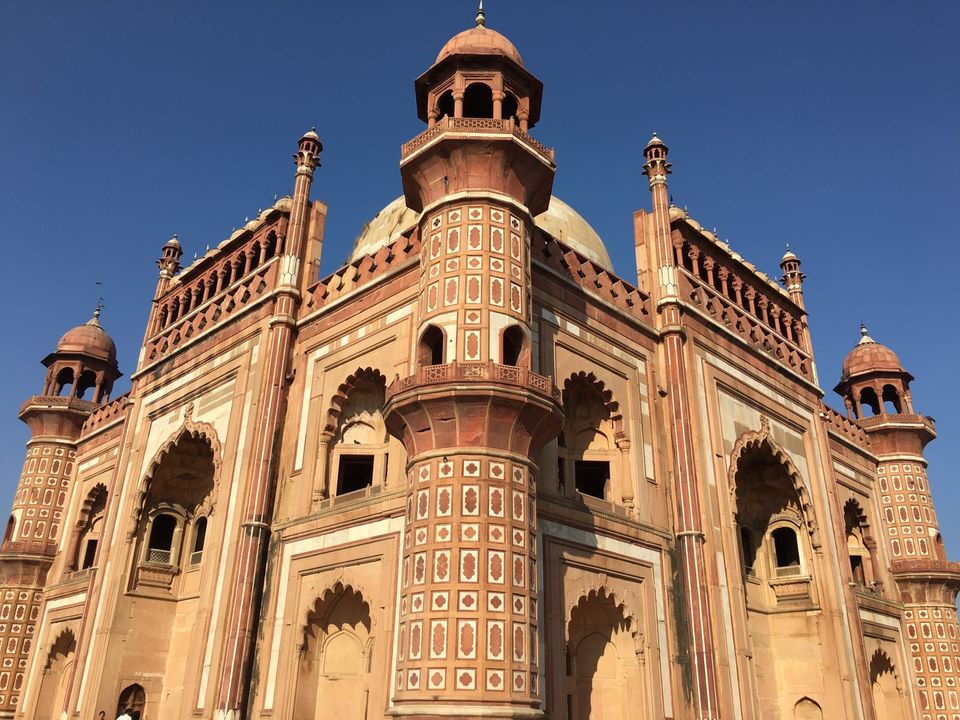
Few cities in India could claim the long continuity and status that Delhi has enjoyed. In the dim proto-historic past, at the site of the 16th century citadel (Purana Qila - Old fort) lay perhaps Indraprastha, capital during the time of the epic 'Mahabharata'. This place has been known by different names in different times hinting and revealing a continuous occupation from the Mauryan empire (300 B.C) to the Mughal empire (1600 A.D). Many excavations have also shown this place in use during the time of 'Mahabharata' ie 5000+ B.C.
This article serves as a small guide to a few historically important monuments and a few places to chill in the chaotic modern life.
With a variegated history, it is not surprising that Delhi is full of relics & monuments of its past. All the places & monuments described in this article are approachable by roads and can be reached easily by buses, metros or hired vehicles.
Historic Locations :
So lets start with something that comes to mind as soon as you hear the word Delhi -
Qutub Minar : At 120 meters, Qutub Minar stands as the tallest brick minaret in the world. It stands in Mehrauli, Delhi in the heart of the Qutub Complex which is a UNESCO World Heritage site. Qutbu'd-Din Aibak laid the foundation of this tower in 1200 A.D (possibly as the tower of 'Victory'). In 1220 A.D, his son in law Iltumish added 3 storeys to the building.
From the Nagari & Persian inscriptions on the wall, it appears that this Minaret was struck by lightning twice - in 1326 A.D & 1369 A.D. The first damage was during Muhammed Tughlaq's reign (1325-1351), and was repaired by him apparently in 1332. The second damage is said to have destroyed the building completely and was attended by Feroz Tuglaq (1351-1388). Later in 1503, Sikander Lodi (1489-1517) also carried out some restoration in upper storeys.
Qutub Minar is surrounded by several historically significant monuments, which are historically connected with the tower. These include the Iron Pillar, Quwwat-ul-Islam Mosque, Alai Darwaza, the Tomb of Iltutmish, Alai Minar, Ala-ud-din's Madrasa and Tomb, and the Tomb of Imam Zamin. Other minor monuments include Major Smith's Cupola and Sanderson's Sundial.
Qutub Minar has about 379 steps on the inside that lead to the top.
The Iron Pillar : In the courtyard of the Qutub Complex, stands the famous pillar with Sanskrit script of the Gupta period assignable to the 4th Century. The inscription records that the pillar was set up as a shield (Dhvaja) of Lord Vishnu on a hill named Vishupada, in the memory of a great King Chandra, who is now regarded as identical to Chandragupta II (375-413).
The pillar has attracted the attention of archaeologists and materials scientists and has been called "a testament to the skill of ancient Indian blacksmiths" because of its high resistance to corrosion.
Tomb of Iltutmish : The tomb lies in Qutub Complex. Iltutmish was the son in law and successor of Qutbu'd-Din Aibak. It was built in 1235 by Iltutmish himself.
Alai Darwaza : Built in 1310-1311 by Alauddin Khilji. Made of red sandstone, It is described as 'one of the most treasured gems of Islamic architecture'.
Adham Khan's Tomb : Adham Khan, son of Maham Anga, a wet nurse of Akbar, was a general in Akbar's army. In 1562, he fell out with Ataga Khan, husband of Ji Ji Anga, another wet nurse , and killed him. Akbar, furious with him ordered that he be thrown from the ramparts of Agra fort (thrice). After his death, his mother too passed away out of grief, and both were buried by the tomb built by Akbar.
Quli Khan's Tomb : Quli Khan’s Tomb, relegated to a pristine, forgotten corner of Mehrauli Archaeological Park, is one of the most stunning tombs in the entire city of Delhi. Its magnificence is matched only by its seclusion. Annexes were added to the tomb by Sir Thomas Metcalfe, the British Agent (negotiator) at the court of the Mughal emperor Bahadur Shah “Zafar” II, from 1835-53 A.D. who bought the tomb and converted it into his monsoon retreat.
The tomb belongs to a certain Muhammad Quli Khan. There are no records available that mention Quli Khan but he is said to be the son of Maham Anga, emperor Akbar’s foster mother. Quli Khan was a foster-brother to the emperor and also a general in his army. The tomb stands in a larger, extensively landscaped and multi-layered complex which is a part of the Archaeological Park but is aesthetically separate from it. Around the tomb, several of the additions made by Metcalfe still exist, including chattris, ziggurats, stables and an irregular gateway. Though Metcalfe’s additions were brought down by the Archaeological Survey of India (ASI), one of the annex was left intact.
The tomb was built in 17th century. It is not known who commissioned it.
Gandhak ki Baoli & Rajon Ki Baoli : Baoli means step-wells. There are several step wells in and around Mehrauli. Gandhak Ki Baoli is said to have been built during the reign of Iltutmish (1211-1236). It lies about 400 mtrs south of Adham Khan's tomb in the Mehrauli Archeological park.
100 mts apart lies Ranjon Ki Baoli. An inscription states that it was built in 1506 implying it was built during the reign of Sikander Lodi (1489-1517).
Jamali Kamali Mosque and Tomb : Jamali Kamali Mosque and Tomb, located in the Archaeological Village complex in Mehrauli, Delhi, India, comprise two monuments adjacent to each other; one is the mosque and the other is the tomb of two persons with the names Jamali and Kamali. The name "Jamali" is Urdu, though originates from "Jamal" which means "beauty". "Jamali" was the alias given to Shaikh Fazlu'llah, also known as Shaikh Jamali Kamboh or Jalal Khan, a renowned Sufi saint who lived during the pre-Mughal dynasty rule of the Lodi's, a period from the rule of Sikander Lodi to the Mughal Dynasty rule of Babur and Humayun. Jamali was greatly regarded. Kamali was an unknown person but associated with Jamali and his antecedents have not been established. Their names are tagged together as "Jamali Kamali" for the mosque as well as the tomb since they are buried adjacent to each other. The mosque and the tomb were constructed in 1528-1529, and Jamali was buried in the tomb after his death in 1535.
There are several stories about this place being haunted. These stories add a mystic glow to this place. This is a must visit for all mystery lovers.
Tomb of Balban & Khan Shahid: In the Mehrauli park, you might encounter a domeless and extremely dilapidated rubble-built square chamber with arched openings on all four sides. This is believed to be Balban's tomb. It occupies an importanat place in the development of Indo-Islamic architecture.
A ruined rectangular chamber on its east is believed to have contained the grave of Balban's son, Muhammed, also known as Khan shahid ( the Khan who became a martyr), after he died fighting the Mongols in 1285 near Multan.
Lal Kot & Qila Rai Pithora: The Tomer Rajputs are believed to have settled in the Suraj-Kund area and shifted later about 10 kms west where Anangpal raised the citadel of Lal-Kot, the original red fort of Delhi. It is now only survived by ruins and some scattered walls throughout Mehrauli. the walls are about 900 years old and can be seen beyond Jamali Kamali mosque.
Agresen/Ugrsen Ki Baoli: Agrasen ki Baoli (also known as Agar Sain ki Baoli or Ugrasen ki Baoli), designated a protected monument by the Archaeological Survey of India (ASI) under the Ancient Monuments and Archaeological Sites and Remains Act of 1958, is a 60-meter long and 15-meter wide historical step well on Hailey Road near Connaught Place, Jantar Mantar in New Delhi, India. Although there are no known historical records to prove who built Agrasen ki Baoli, it is believed that it was originally built by the legendary king Agrasen during the Mahabharat epic era and rebuilt in the 14th century by the Agrawal community which traces its origin to Maharaja Agrasen.
Humayun's Tomb: After his death on 20 January 1556, Humayun's body was first buried in his palace in Purana Quila at Delhi. Thereafter it was taken to Sirhind, in Punjab by Khanjar Beg, because it was feared that Hindu king Hemu, who had defeated Mughal forces in Agra and Delhi in Oct. 1556 and captured Purana Quila, will damage the tomb. In 1558, it was seen by his son, the then Mughal Emperor, Akbar. Akbar subsequently visited the tomb when it was about to be completed in 1571.
The tomb of Humayun was built by the orders of Akbar (3rd emperor of mughal empire), Humayun's first wife and chief consort, and begun in 1565, nine years after his death, and completed in 1572 AD at a cost of 1.5 million rupes at the time
Safdarjung's Tomb: Safdarjung's Tomb is a sandstone and marble mausoleum in New Delhi, India. It was built in 1754 in the late Mughal Empire style for the statesman Safdarjung. Safdarjung was made prime minister of the Mughal Empire when Ahmad Shah Bahadur ascended the throne in 1748.
To the south of this tomb is the historic site of the battle that was fought in 1386 between Timur of Mangol and Mohammed Tughlaq when the latter was defeated.
Purana Qila : Purana Qila (translation: Old Fort), is one the oldest forts in Delhi. Its current form was built by the Afghan king Sher Shah Suri, on a site which was perhaps that of Indraprastha, the legendary capital of the Pandavas. Sher Shah raised the citadel of Purana-Qal'a with an extensive city-area sprawling around it. It seems that the Purana-Qal'a was still incomplete at Sher Shah's death in 1545, and was perhaps completed by his son Islam Shah , although it is not certain which parts were built by whom. Indraprastha is said to be founded by the Pandavas on the banks of the perennial river Yamuna, which would date the site back 5000 years. Consequently, the fort is considered by some to be 'the first city of Delhi'. Researchers now confirm that until 1913, a village called Indrapat existed within the fort walls.
Red Fort: The Red Fort was the residence of the Mughal emperor for nearly 200 years, until 1857. It is located in the centre of Delhi and houses a number of museums. In addition to accommodating the emperors and their households, it was the ceremonial and political centre of Mughal government and the setting for events critically impacting the region.
Constructed in 1648 by the fifth Mughal Emperor Shah Jahan as the palace of his fortified capital Shahjahanabad, the Red Fort is named for its massive enclosing walls of red sandstone and is adjacent to the older Salimgarh Fort, built by Islam Shah Suri in 1546.
India Gate: The India Gate, (originally called the All India War Memorial), is a war memorial to 82,000 soldiers of the undivided Indian Army who died in the period 1914–21 in the First World War. 13,300 servicemen's names, including some soldiers and officers from the United Kingdom, are inscribed on the gate. The India Gate, even though a war memorial, evokes the architectural style of the triumphal arch like the Arch of Constantine, outside the Colosseum in Rome, and is often compared to the Arc de Triomphe in Paris, and the Gateway of India in Mumbai. It was designed by Sir Edwin Lutyens.
In 1971, following the Bangladesh Liberation war, a small simple structure, consisting of a black marble plinth, with reversed rifle, capped by war helmet, bounded by four eternal flames, was built beneath the soaring Memorial Archway. This structure, called Amar Jawan Jyoti, or the Flame of the Immortal Soldier, since 1971 has served as India’s Tomb of the Unknown Soldier.
Jama Masjid: Jama Masjid of Delhi, is one of the largest mosques in India.
It was built by Mughal emperor Shah Jahan between 1644 and 1656 at a cost of 1 million rupees, and was inaugurated by an imamfrom Bukhara, present-day Uzbekistan. The mosque was completed in 1656 AD with three great gates, four towers and two 40 m high minarets constructed of strips of red sandstone and white marble. The courtyard can accommodate more than 25,000 persons. There are three domes on the terrace which are surrounded by the two minarets. On the floor, a total of 899 black borders are marked for worshippers. The architectural plan of Badshahi Masjid, built by Shah Jahan's son Aurangzeb at Lahore, Pakistan, is similar to the Jama Masjid.
The mosque has been the site of two attacks, one in 2006 and another in 2010. During the first, two explosions occurred in the mosque, injuring thirteen people. In the second, two Taiwanese students were injured as two gunmen opened fire upon them.
Hauz Khas: The words ‘Hauz' means “water tank” (or lake) and ‘Khas' is “royal” that gives the name “Royal tank”. The large water tank or reservoir was first built by Alauddin Khilji ‘s reign (1296–1316) to supply water to the newly built fort and city of Siri (the second city of Delhi). It was originally known as Hauz-i-Alai after Khilji. Firoz Shah Tughlaq (1351–88) re–excavated the silted tank and cleared the clogged inlet channels. Several buildings like Mosque , madrasa and tombs were built overlooking the tank . Firoz Shah's tomb pivots the L–shaped building complex which overlooks the tank.
National Rail Museum: This unique museum has a fascinating and exotic collection of over 100 real size exhibits of Indian Railways. Static and working models, signaling equipments, antique furnitures, historical photographs and related literature etc. are displayed in the museum. The line-up of old coaches includes the handsome Prince of Wales Saloon, built in 1875. Not to be outdone is the Maharaja of Mysore's Saloon built in 1899 with its brocade covered chairs and an elegant rosewood bed; one can peer in through the windows for a good look.
Source:
Content: Wikipedia, www.indiaheritagehub.org, www.delhitourism.gov.in (Internet) . Delhi and its neighbourhood by Archaeological Survey of India (Books).
Pictures: All photos taken by me during my visit to Delhi in Feb 2016.
Frequent Searches Leading To This Page:-
delhi history facts, delhi history and culture, delhi architecture history, delhi history in english, historical places in delhi to visit, Weekend getaways from delhi


